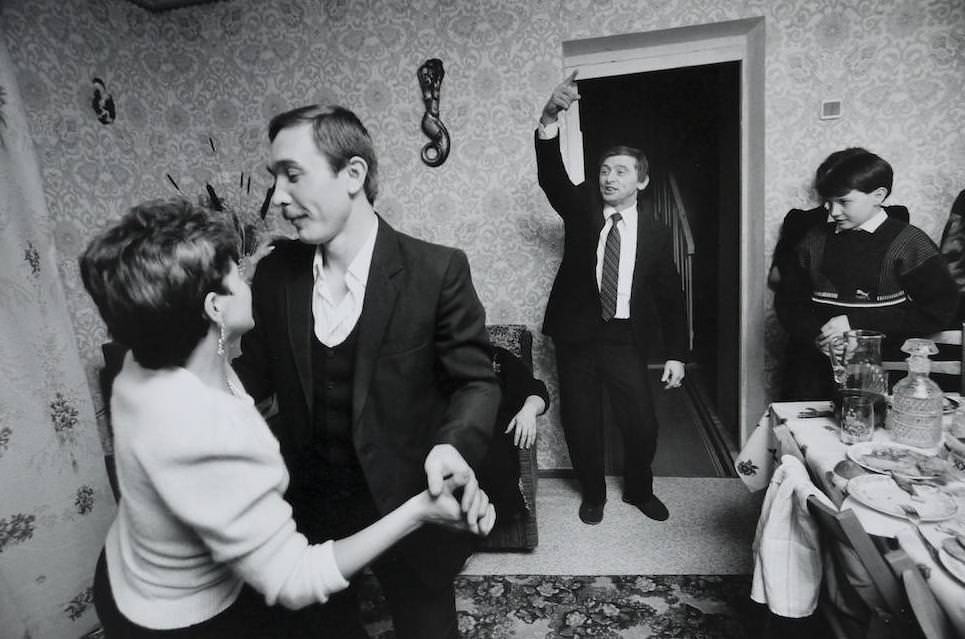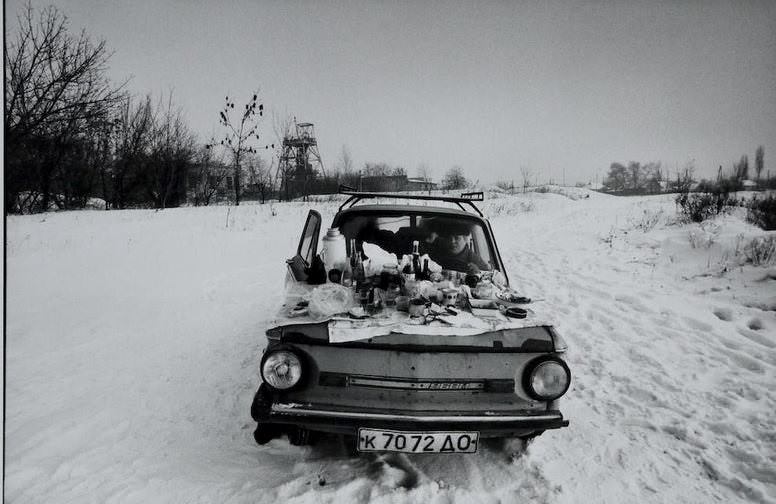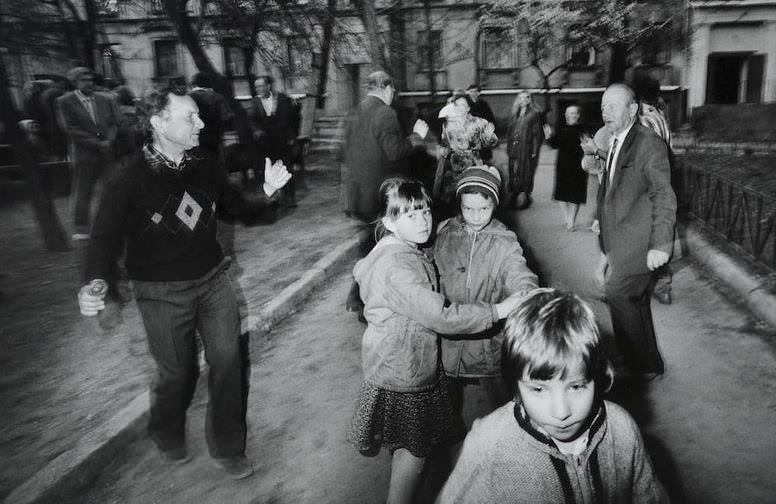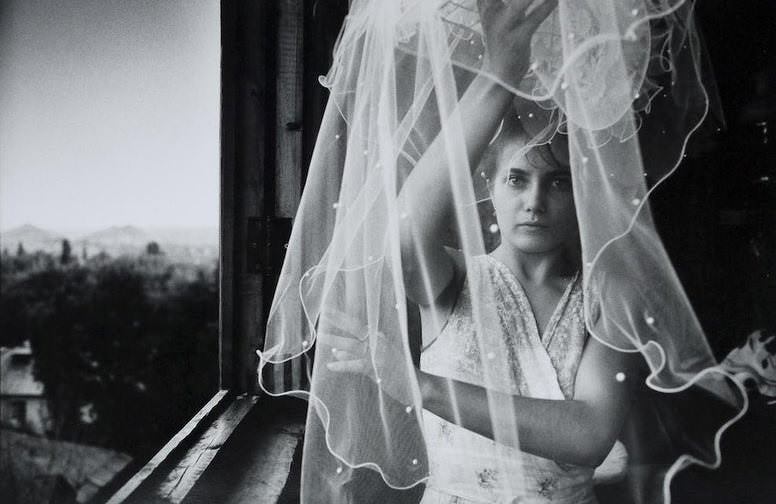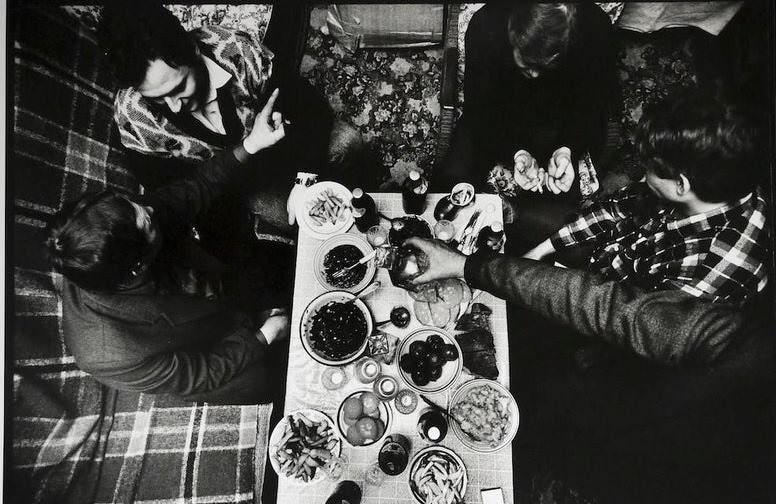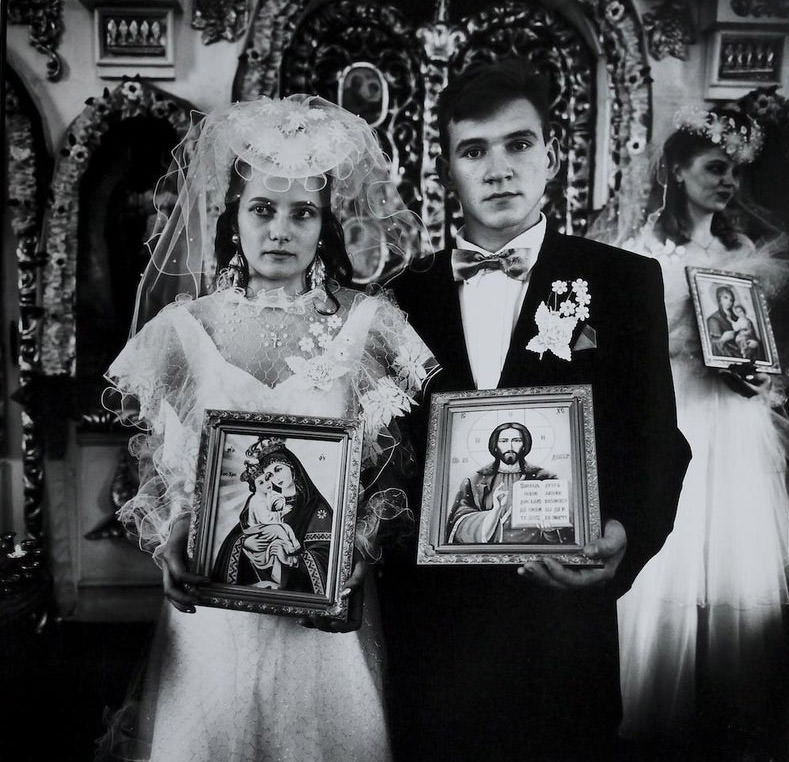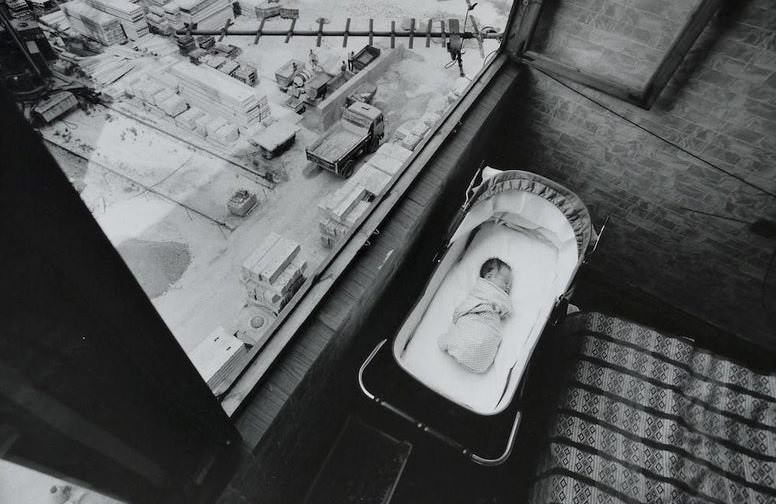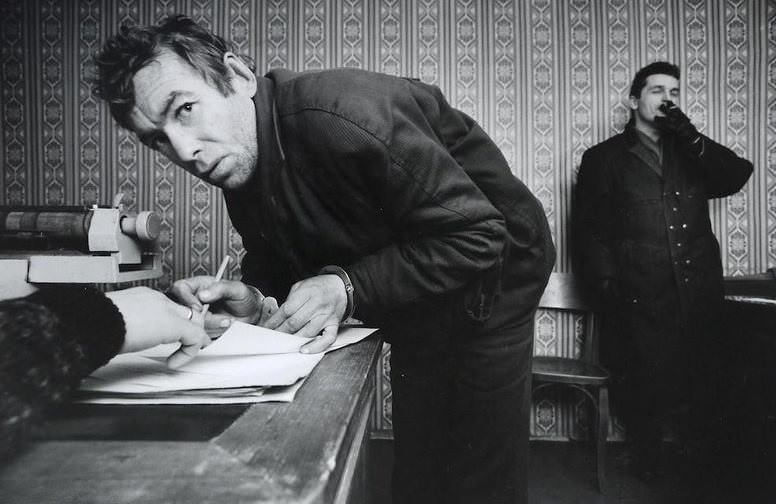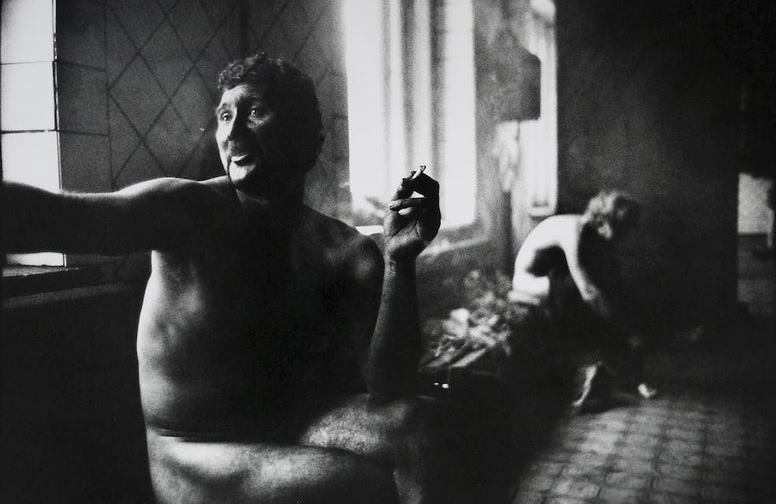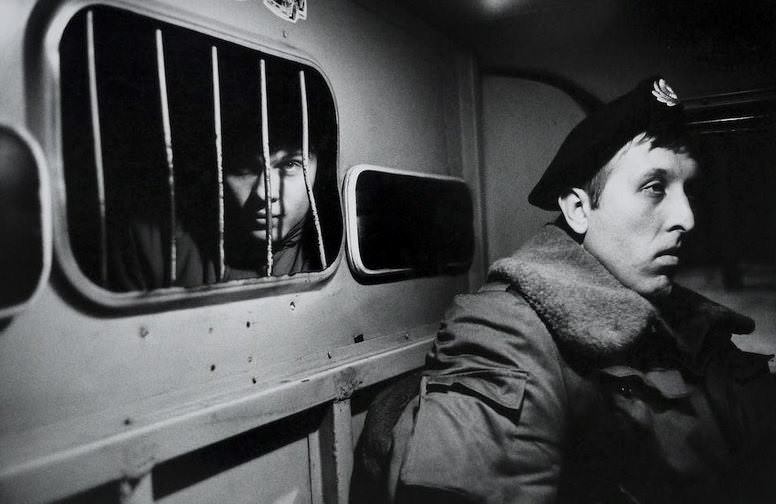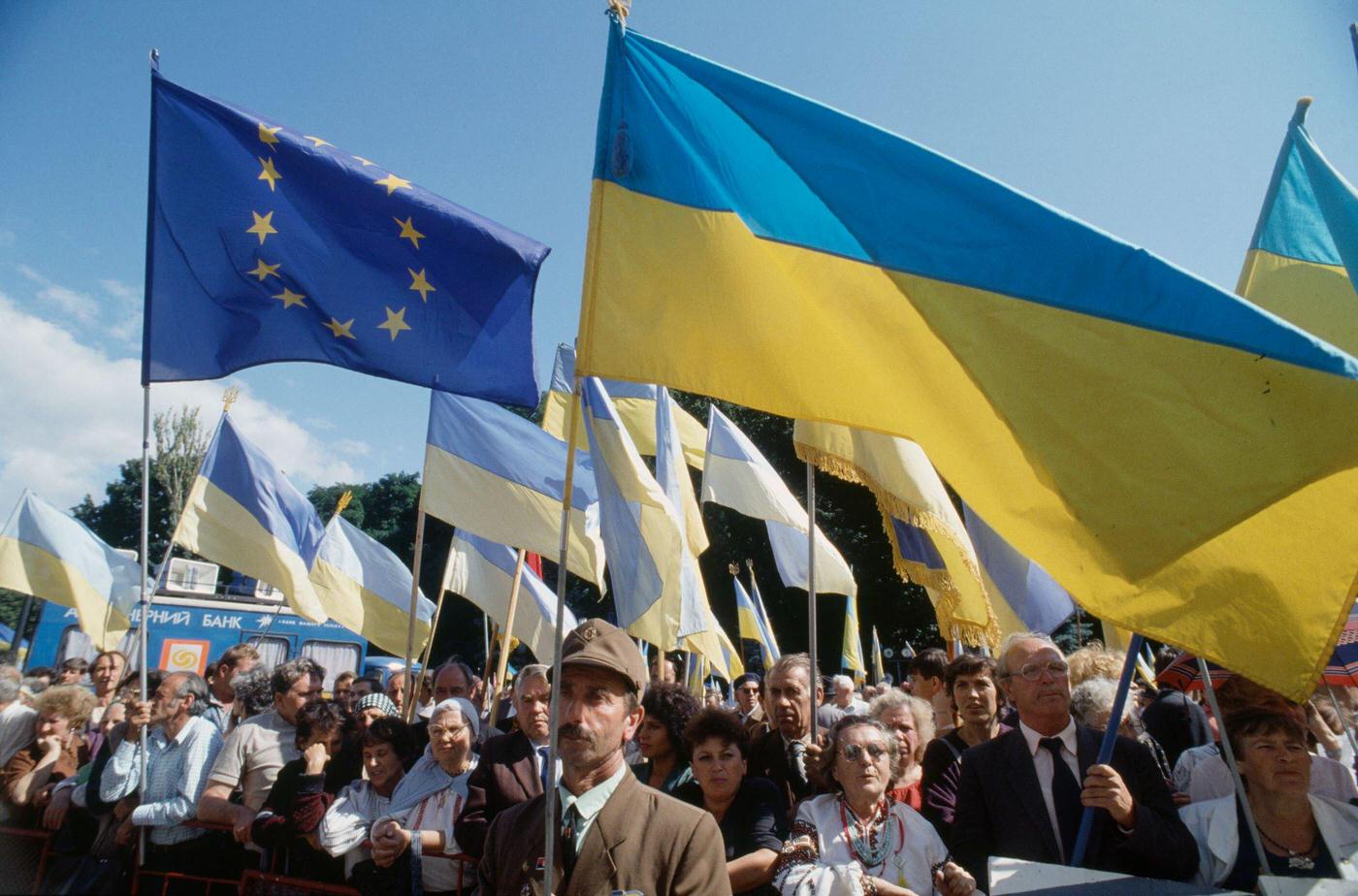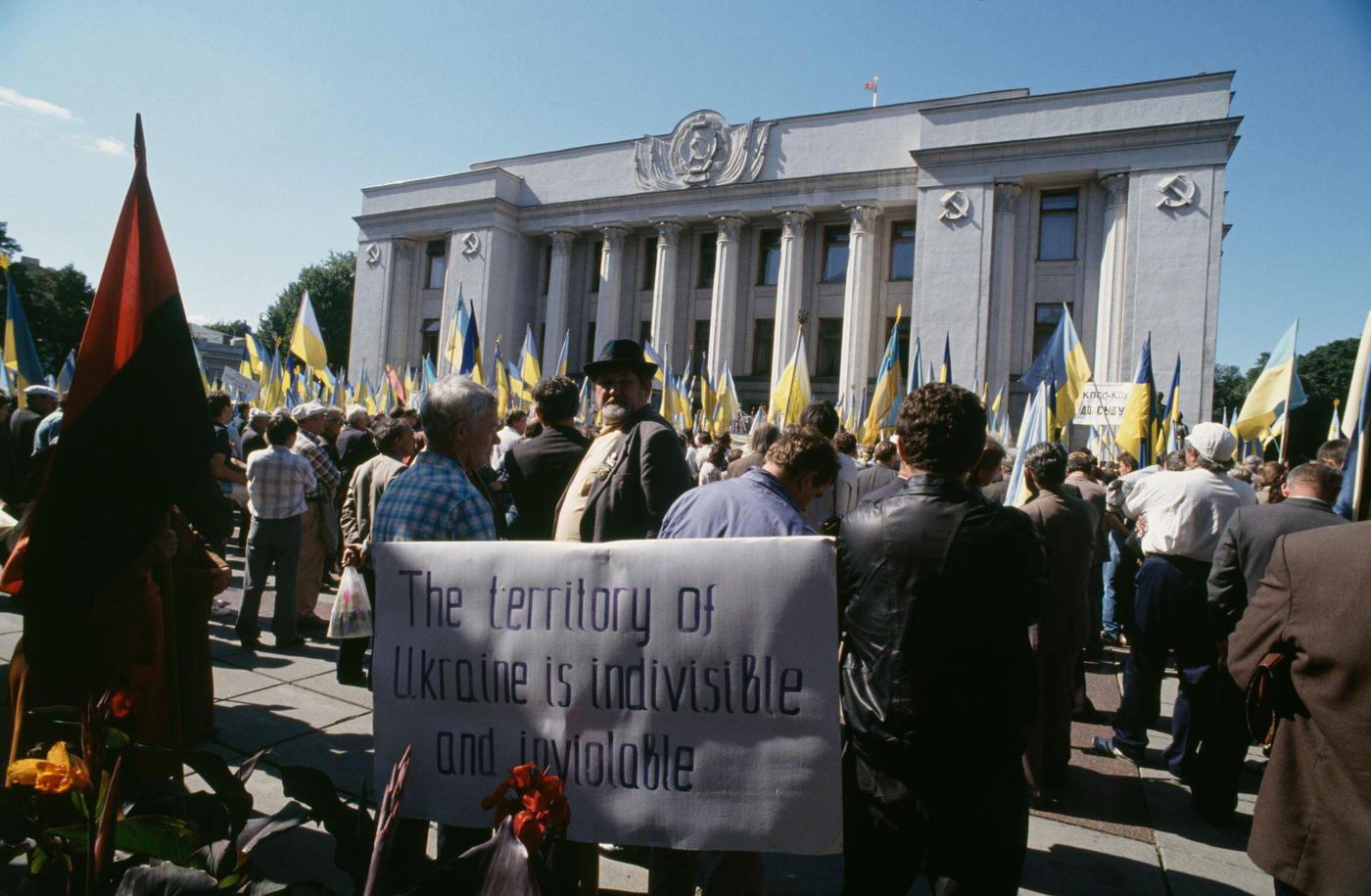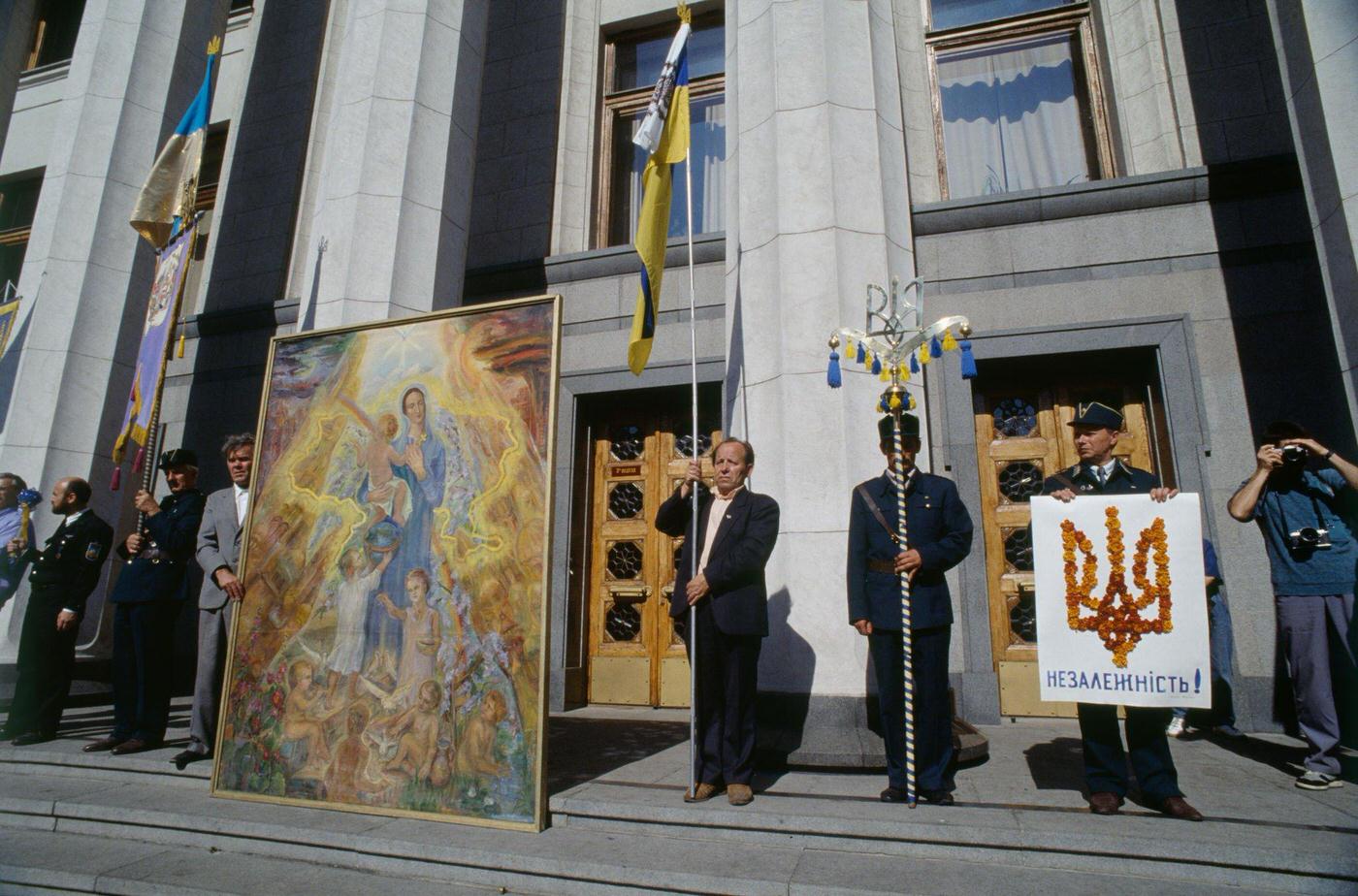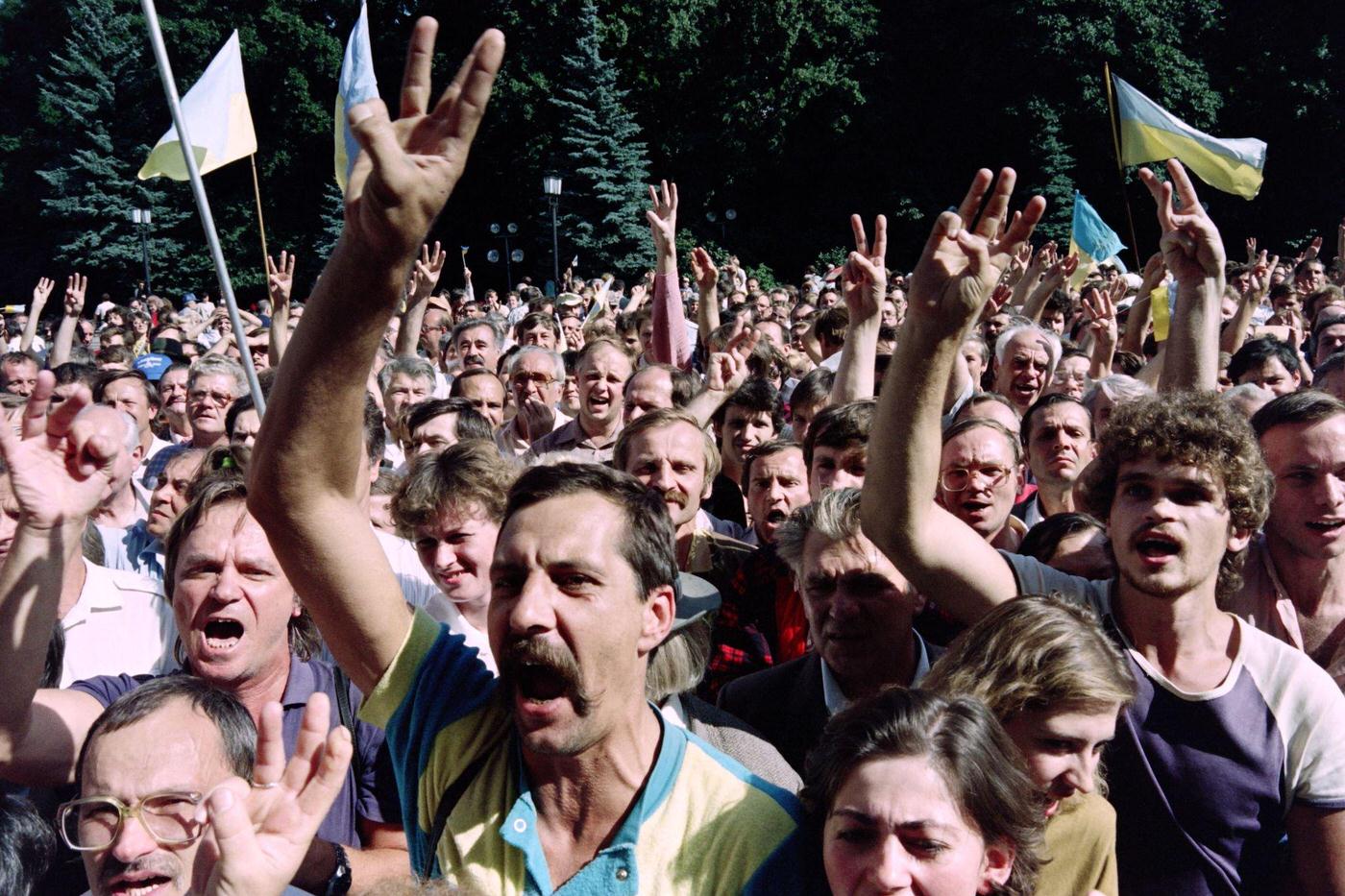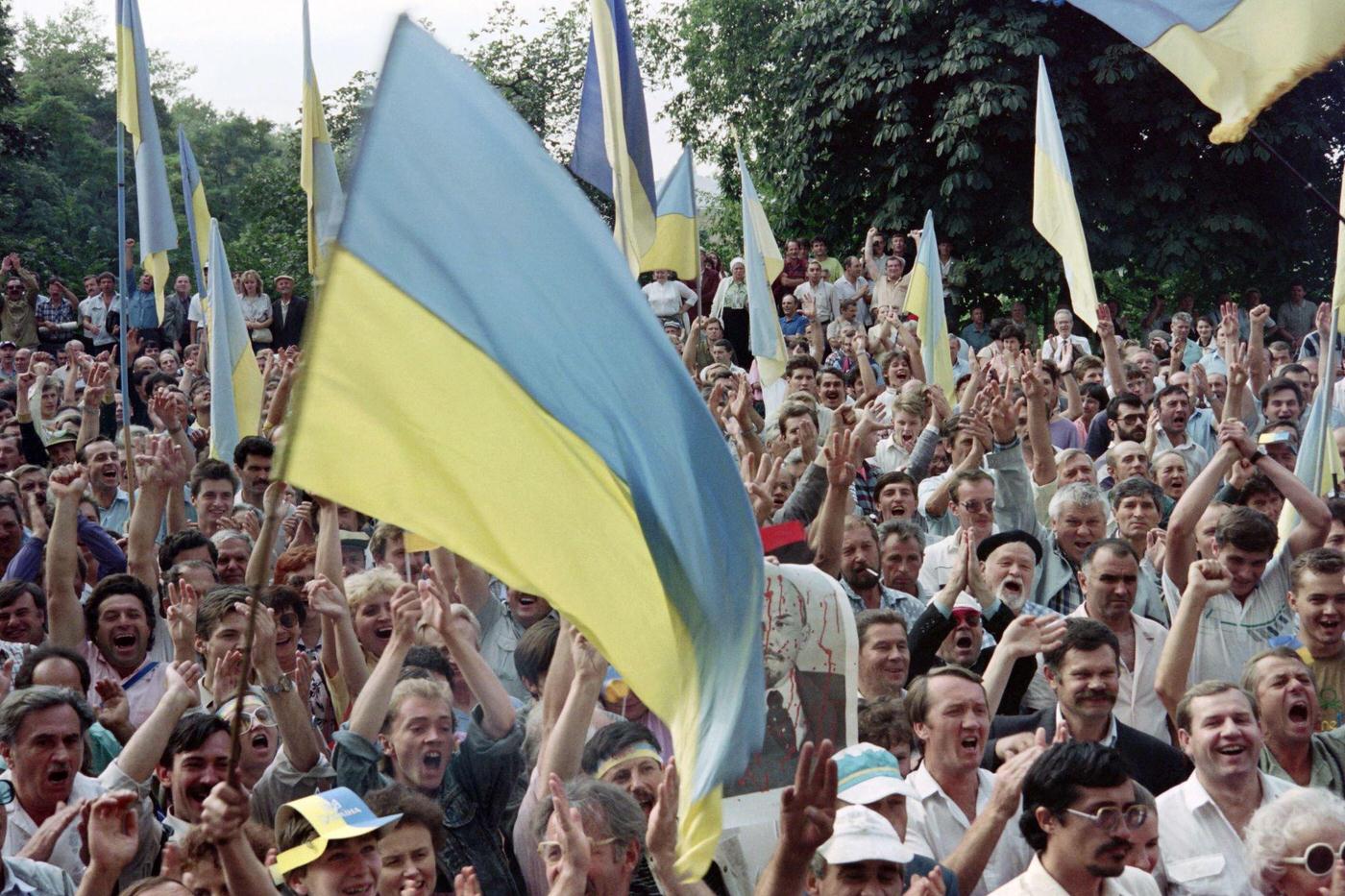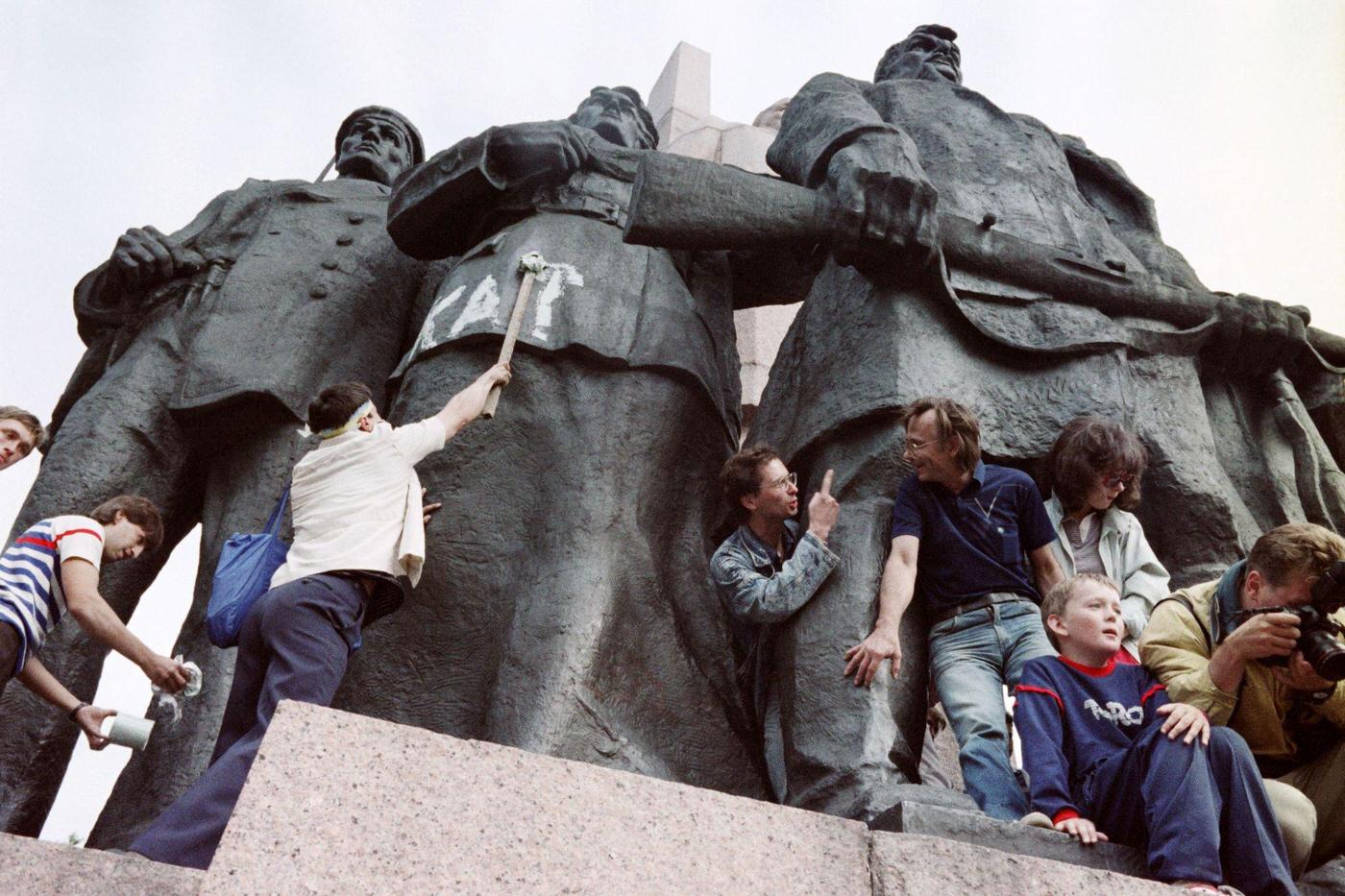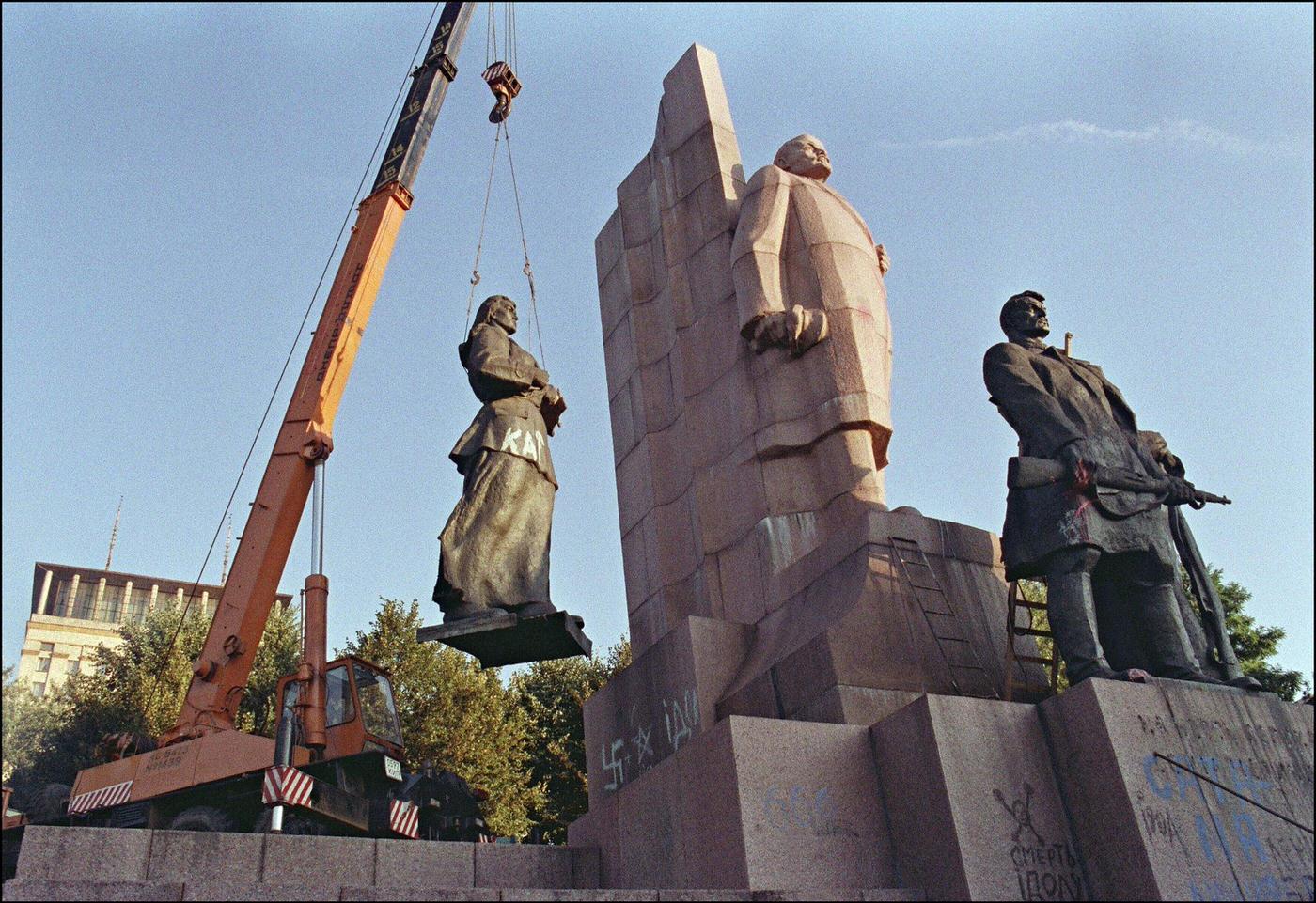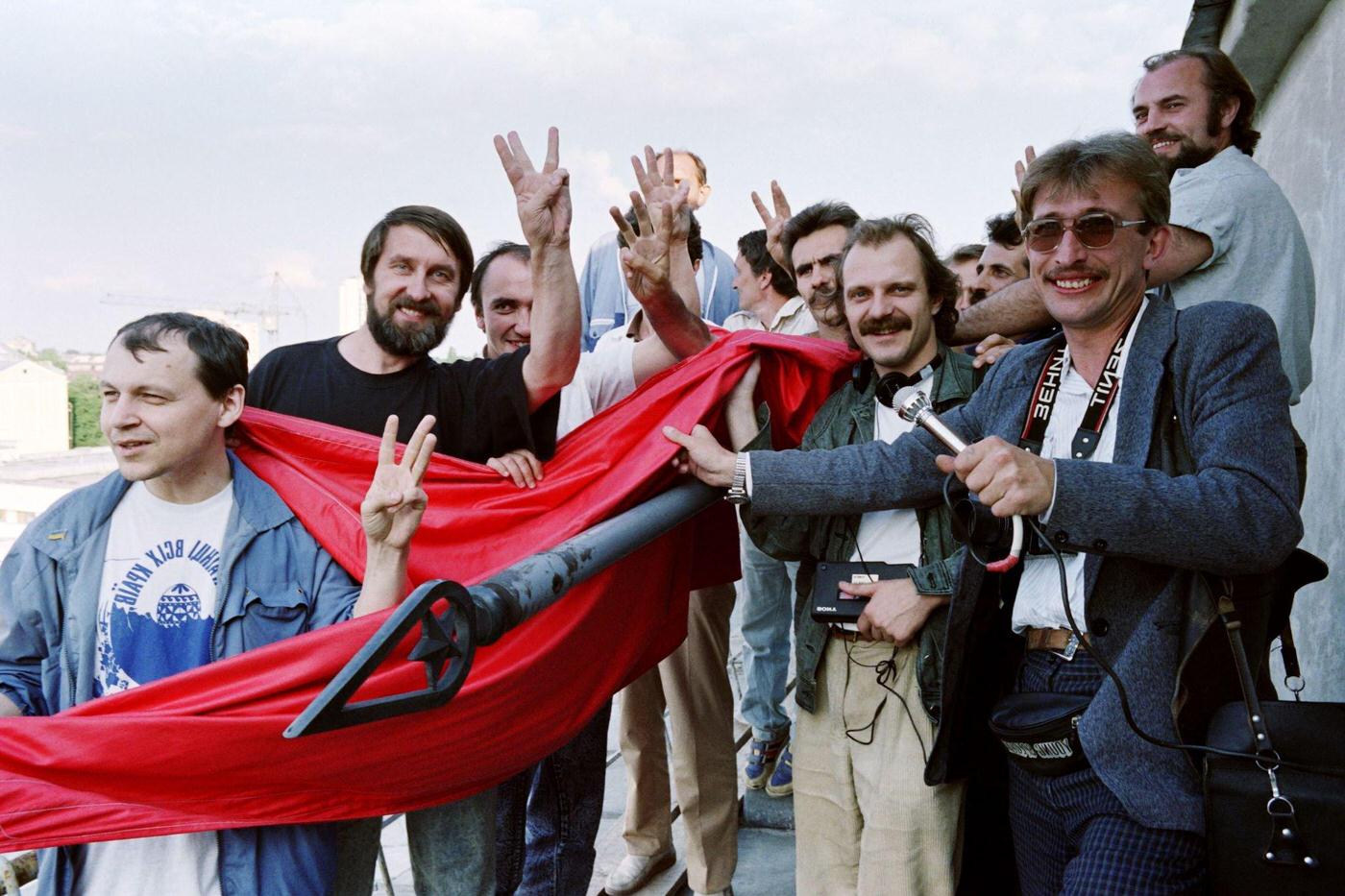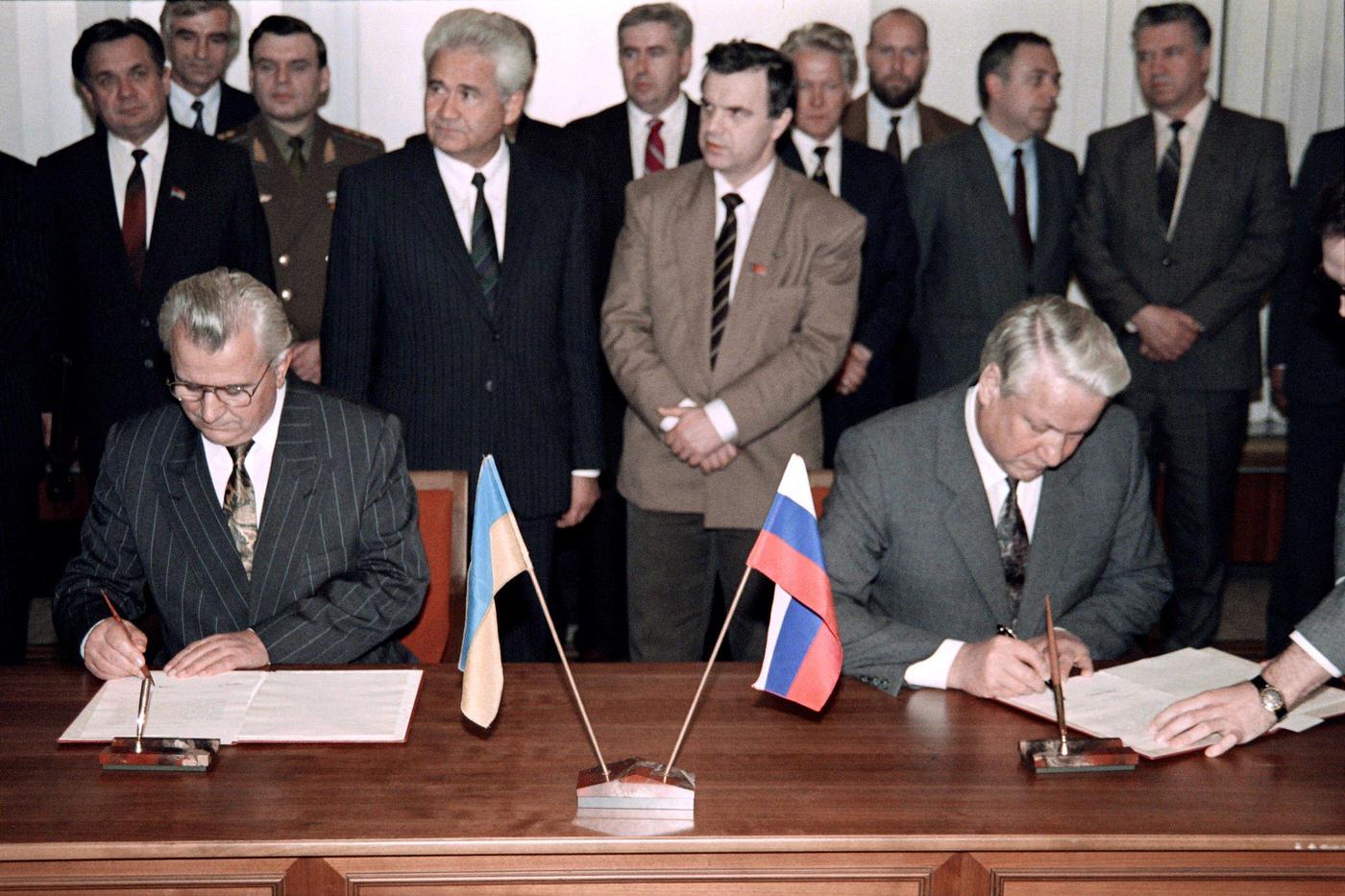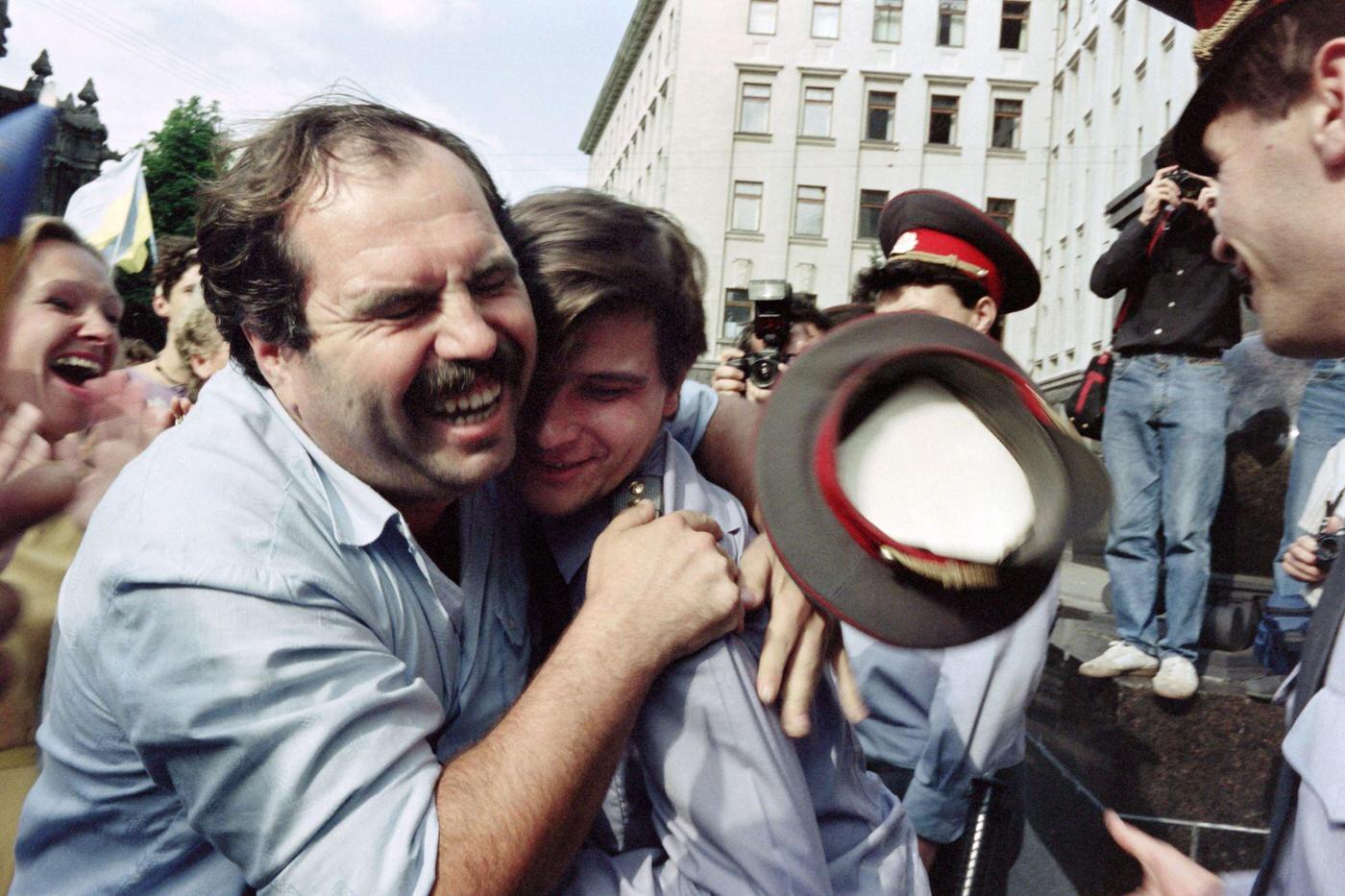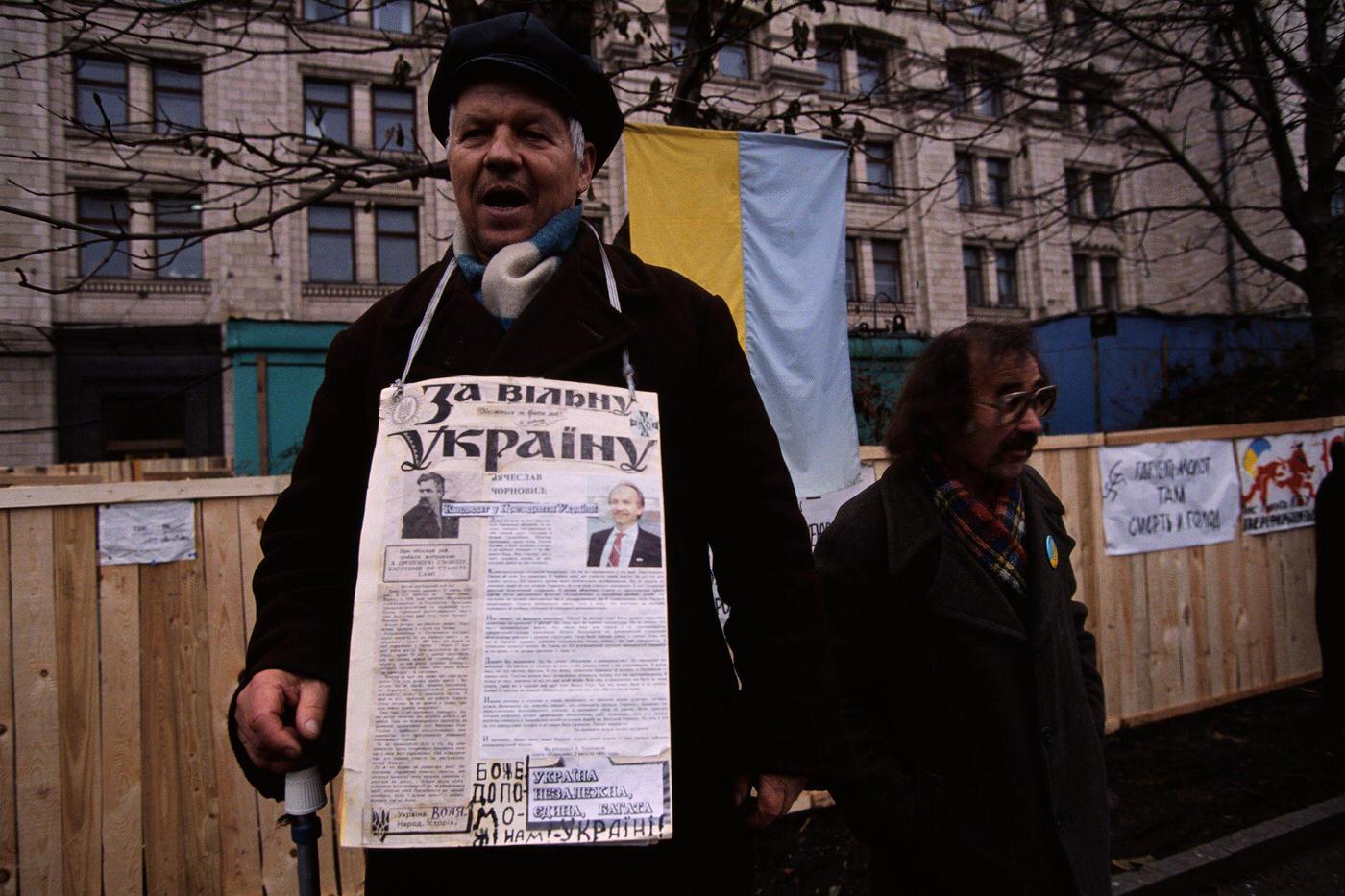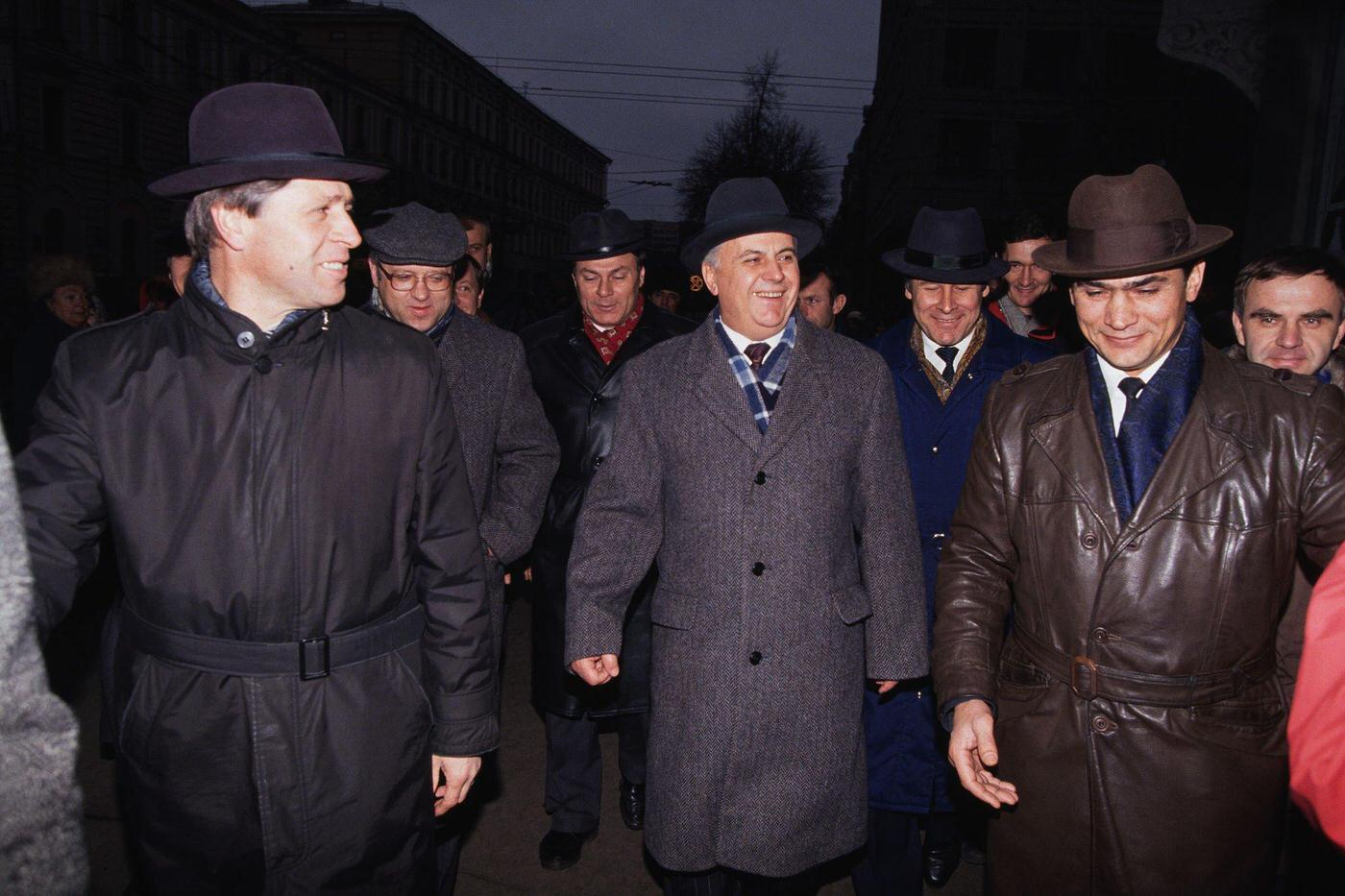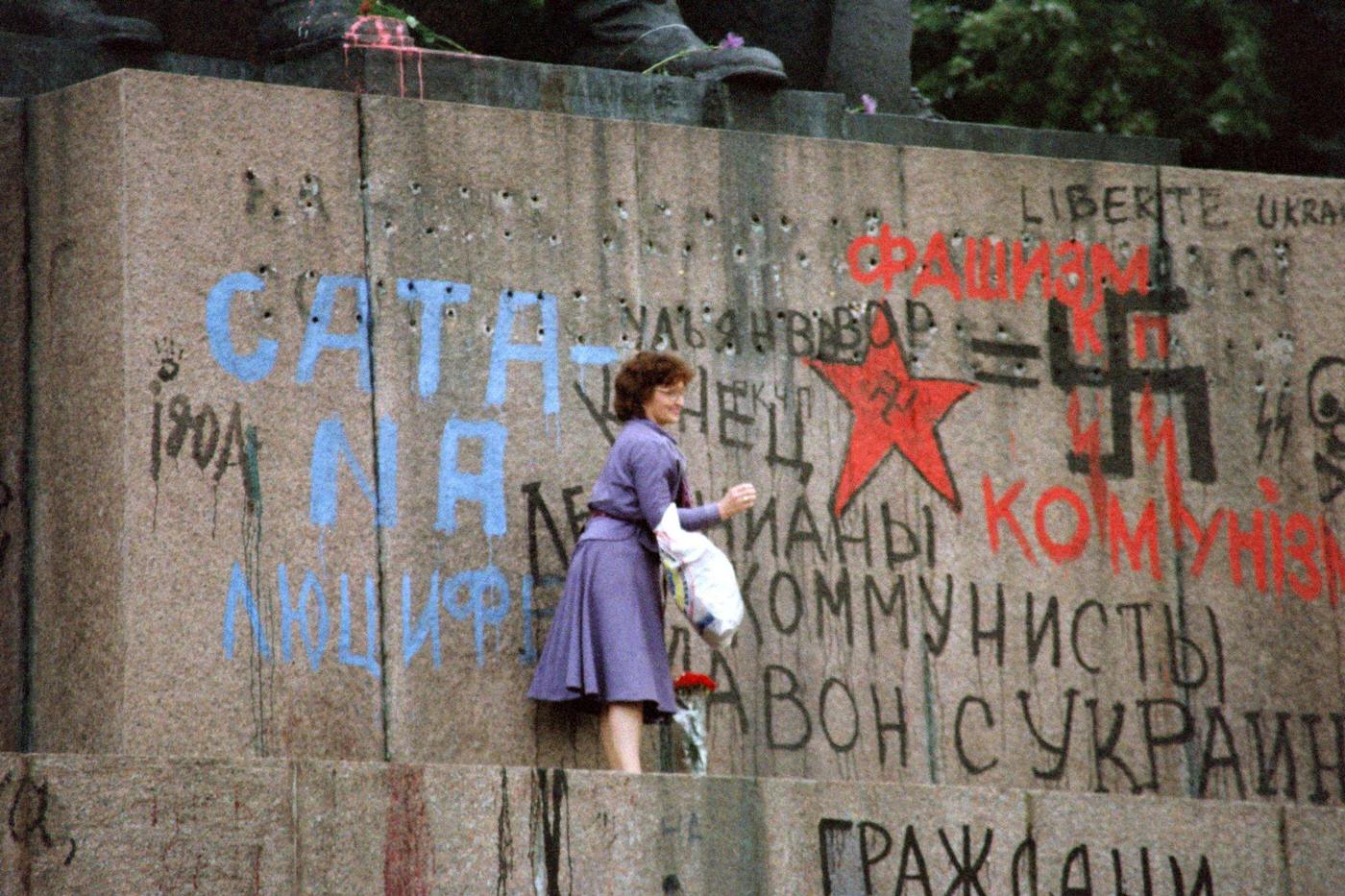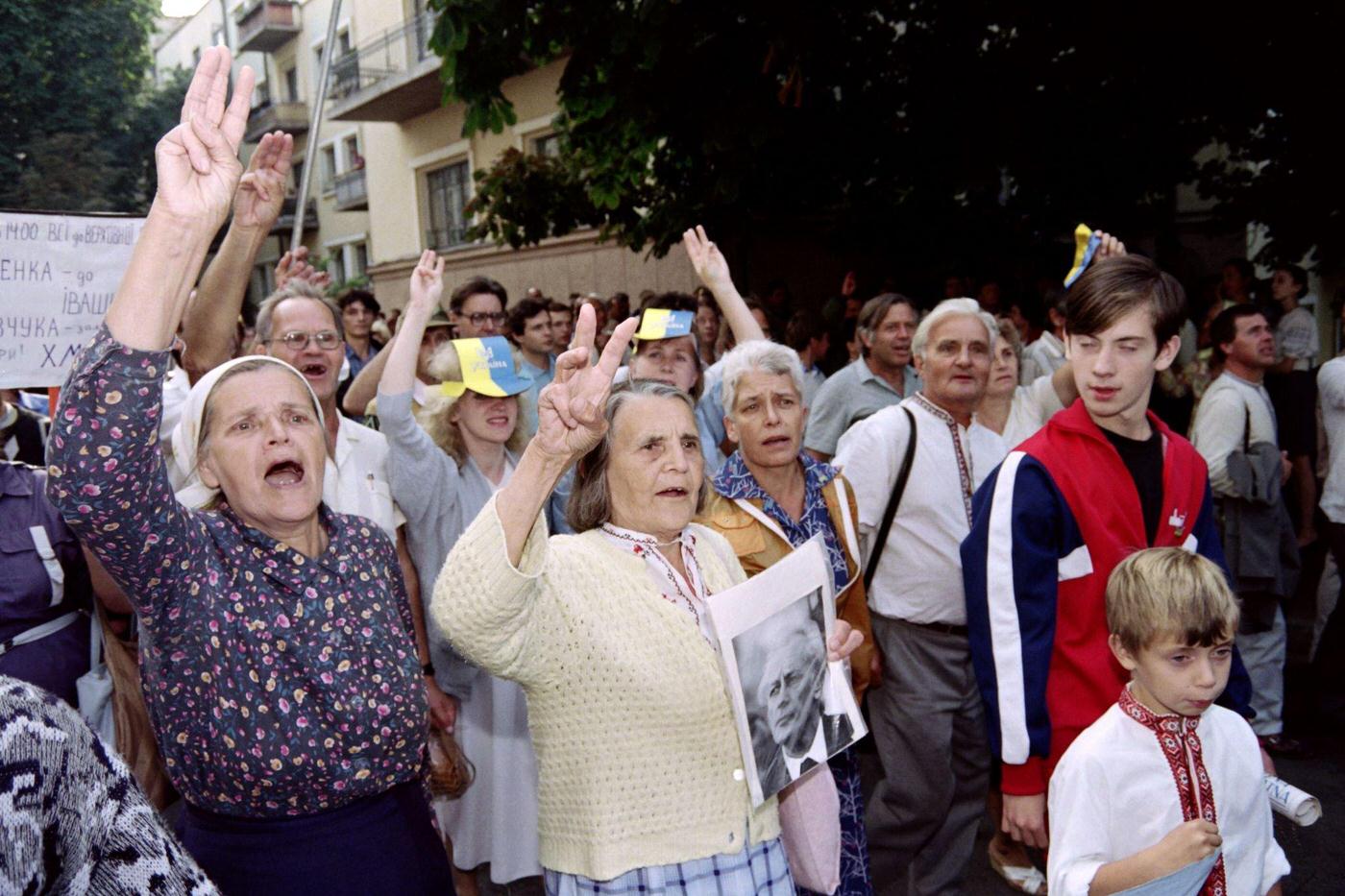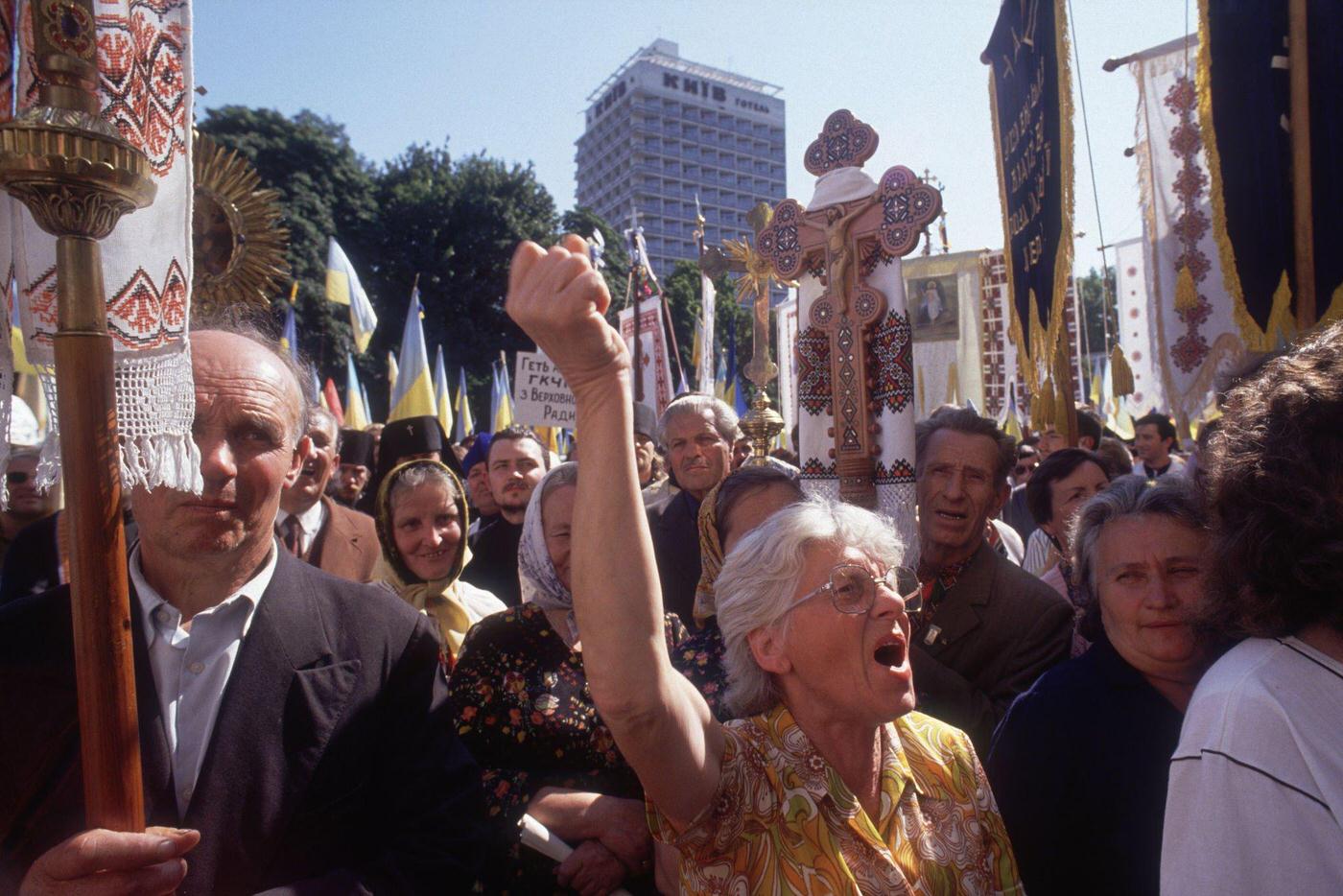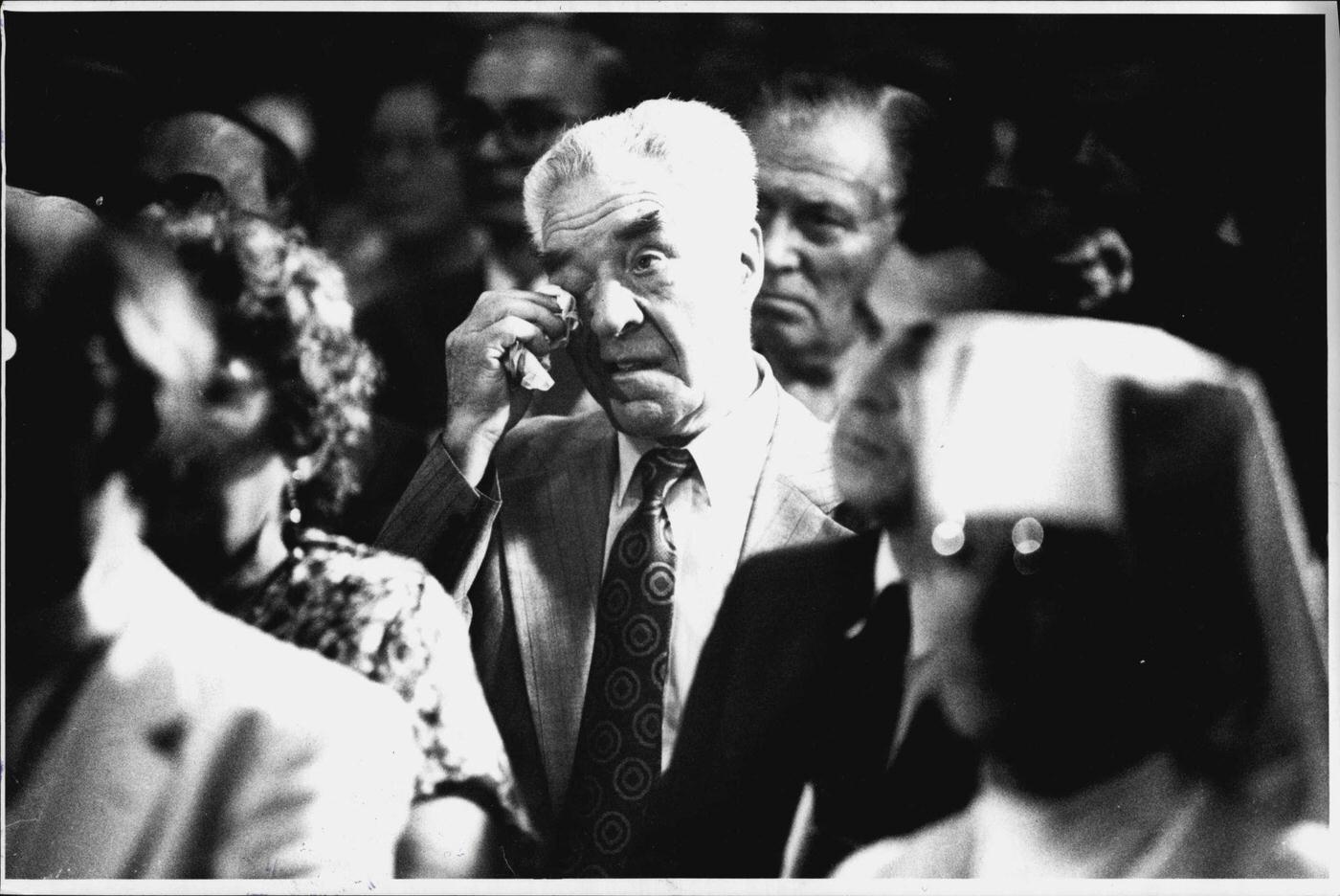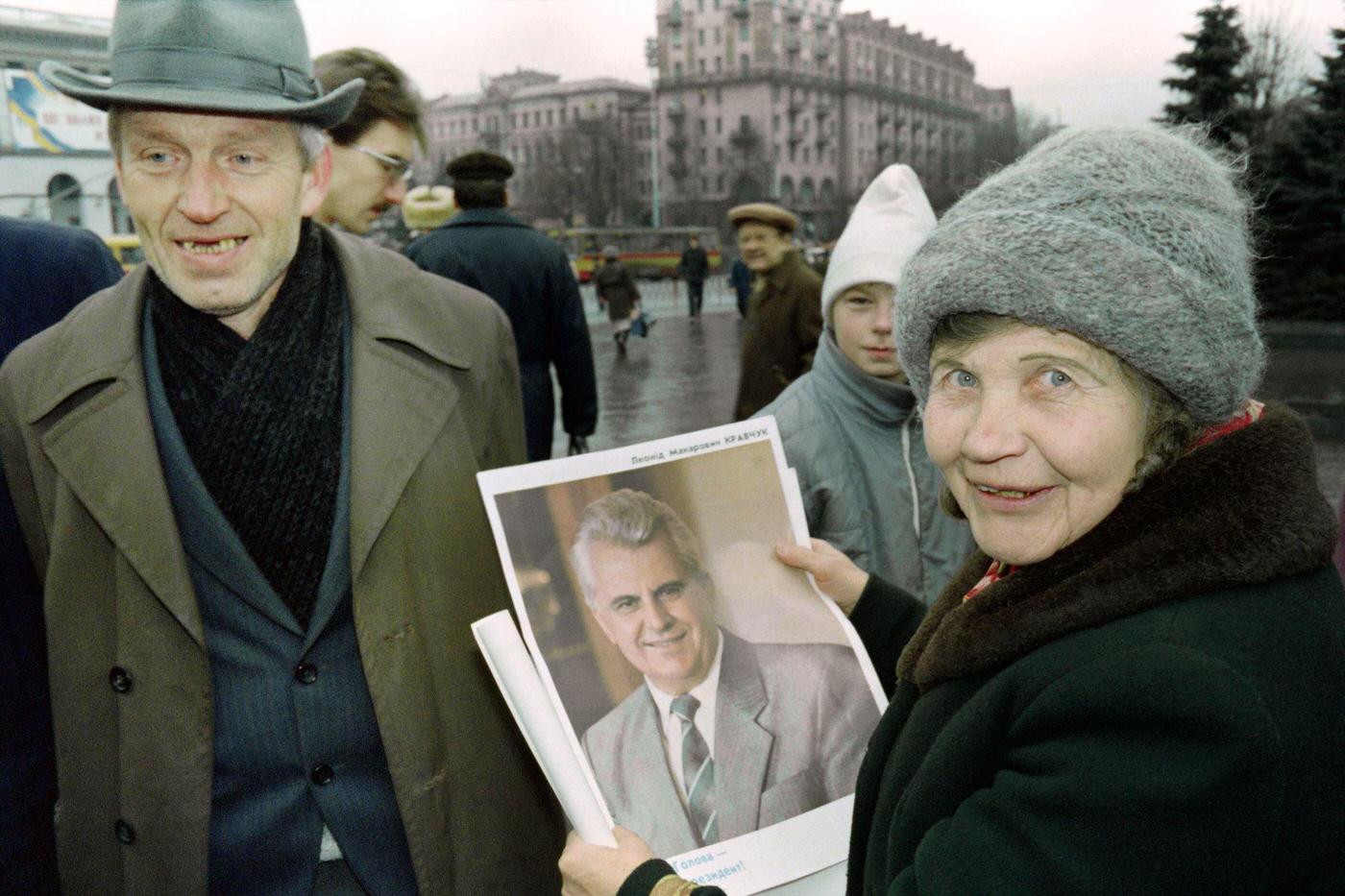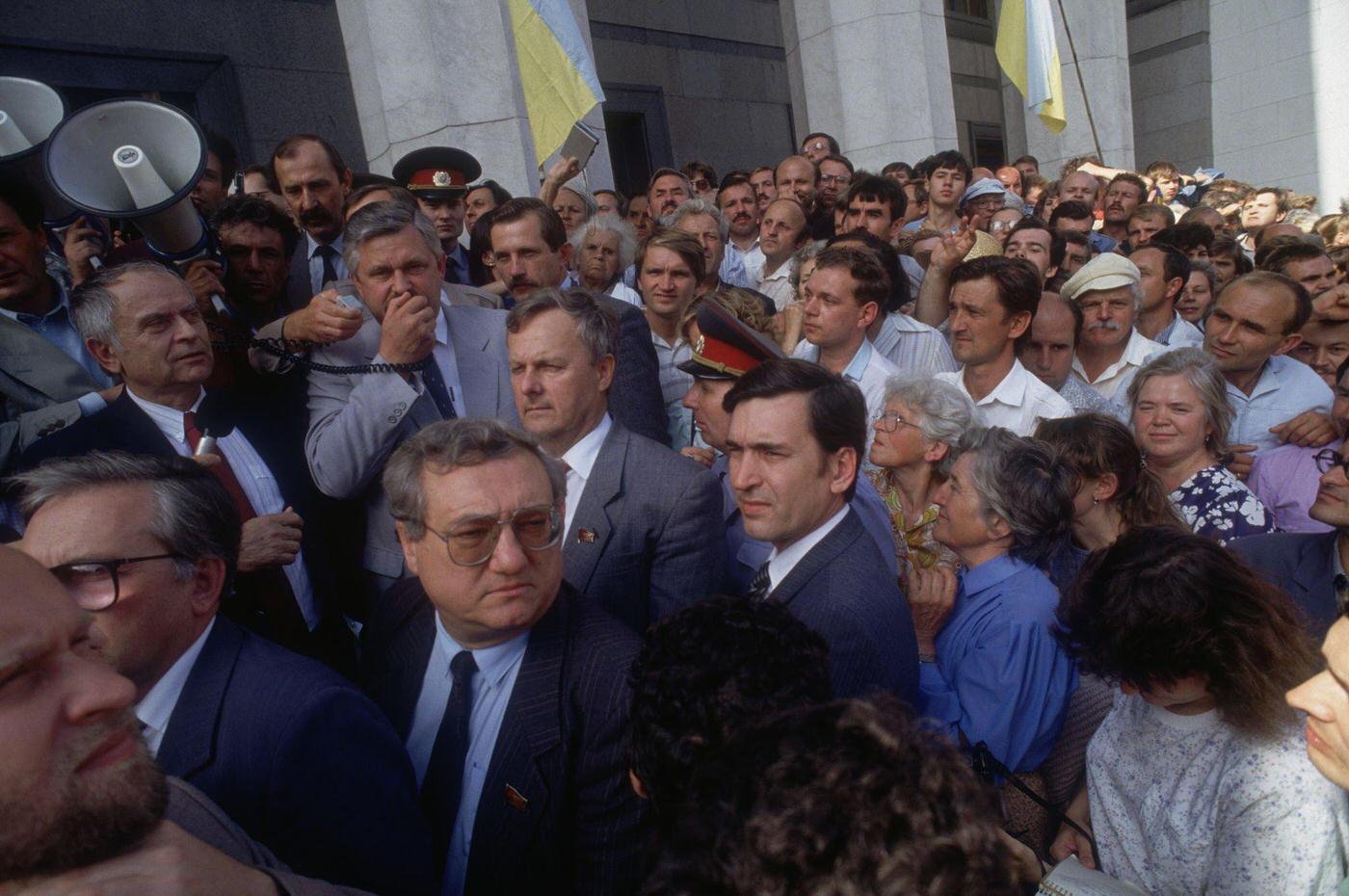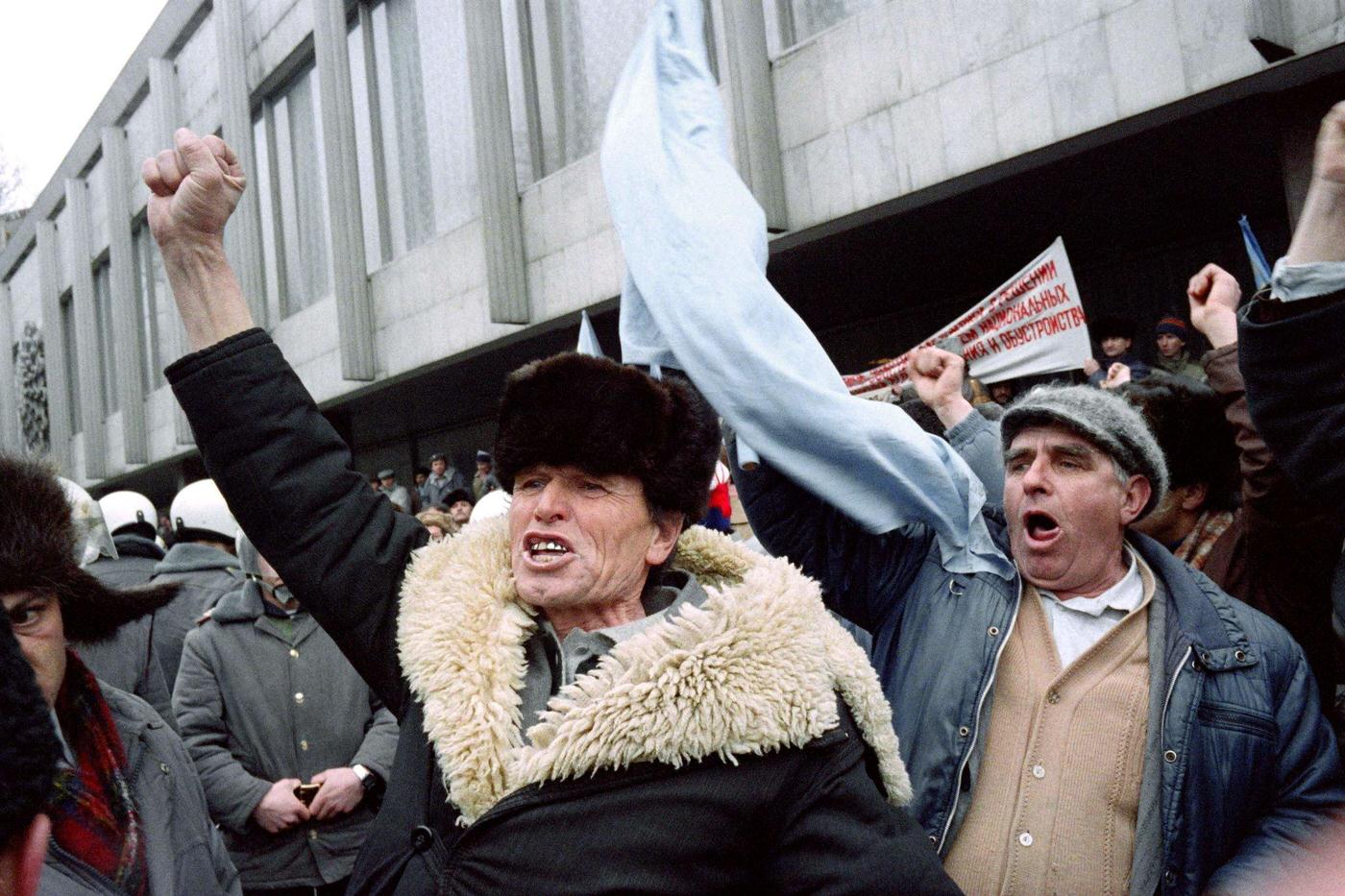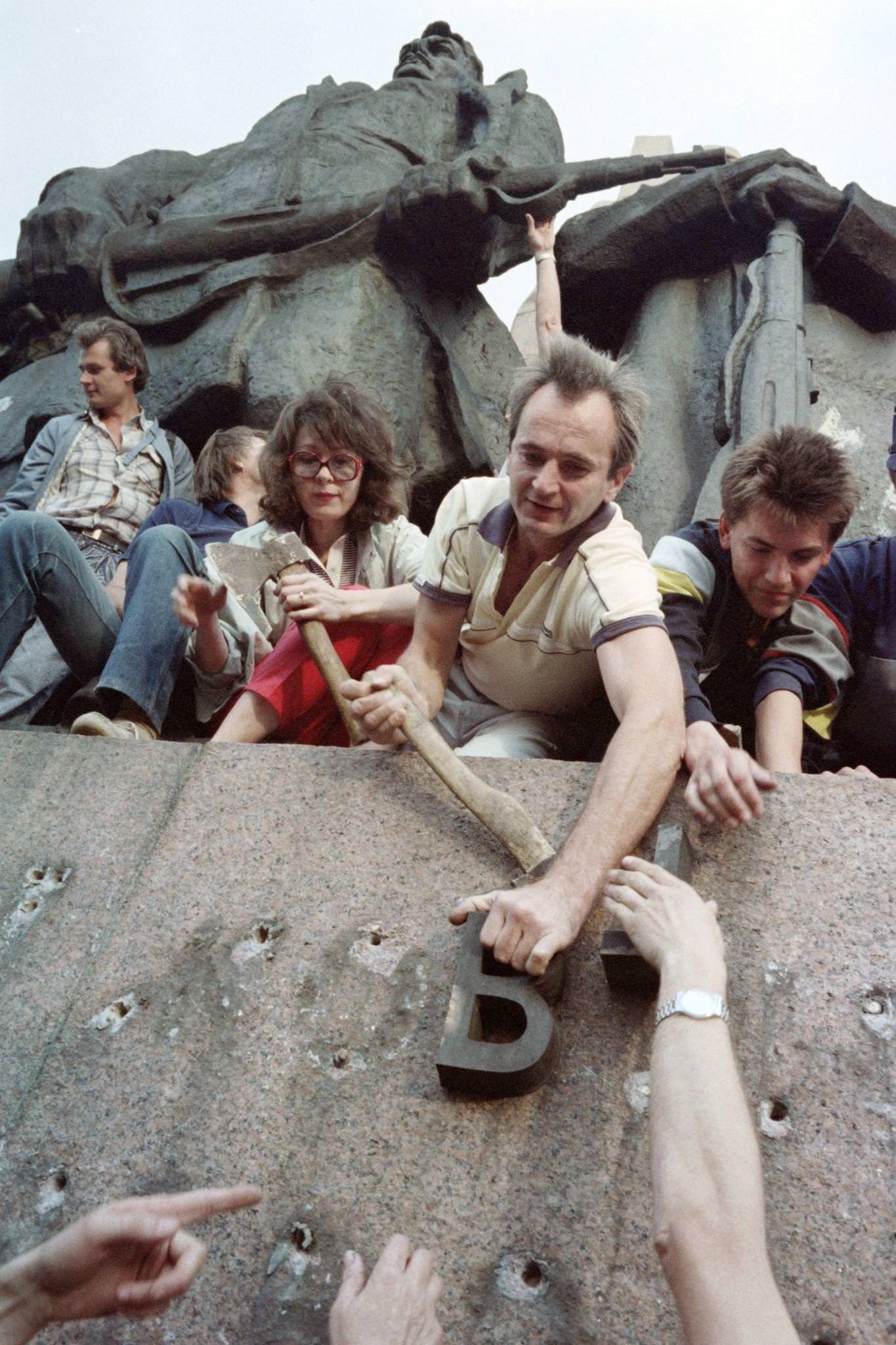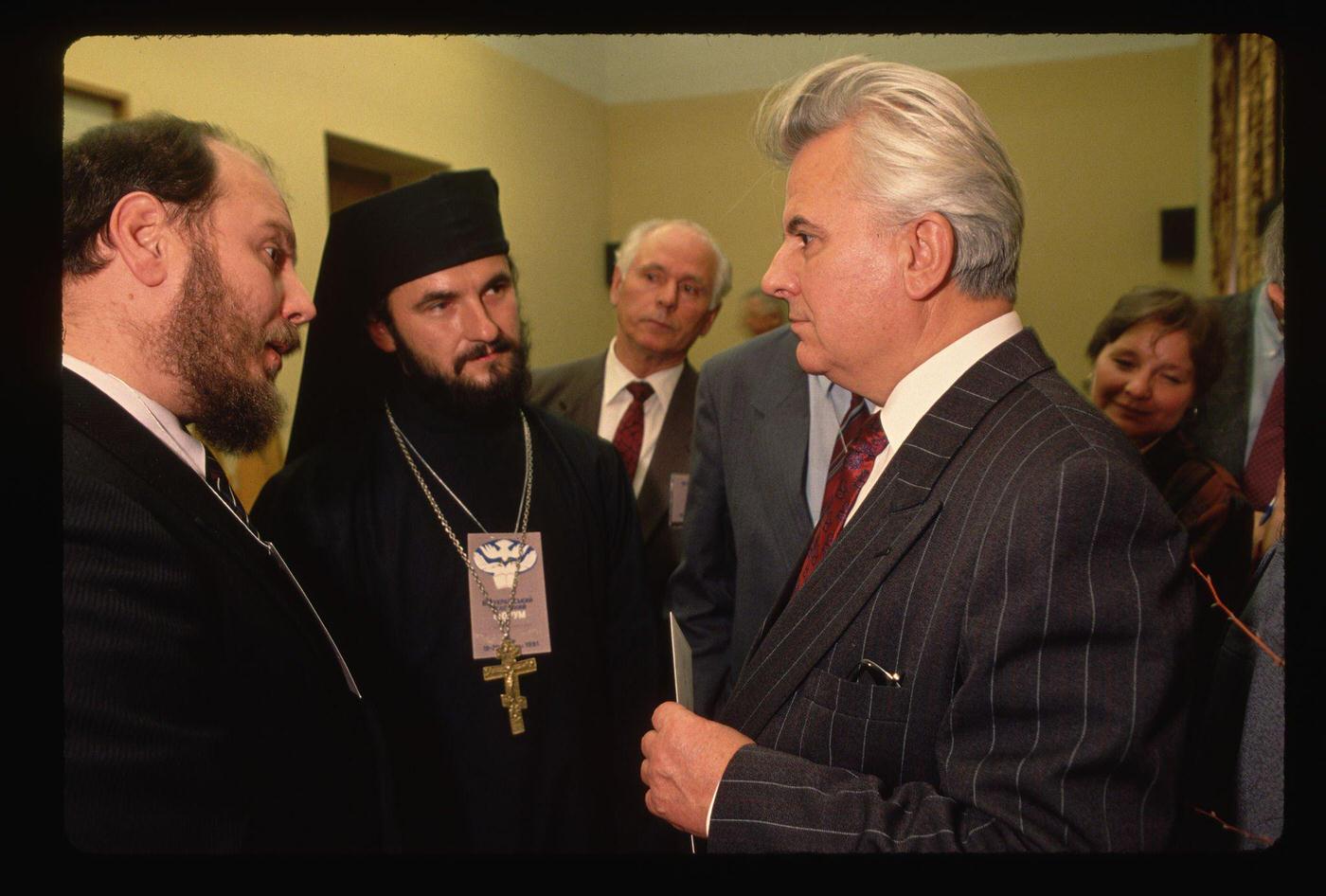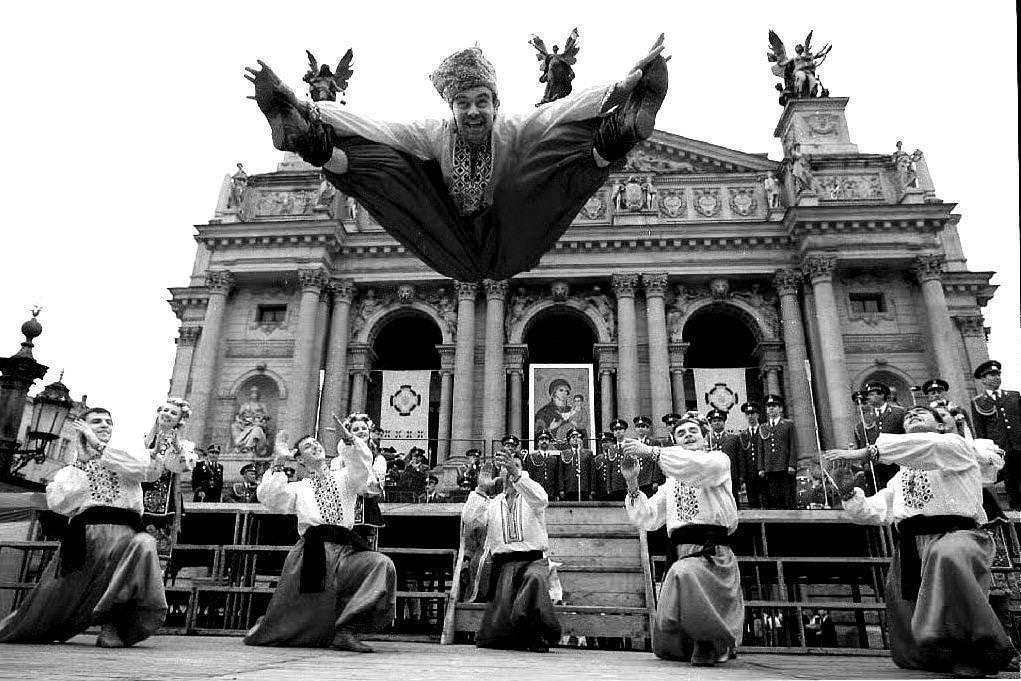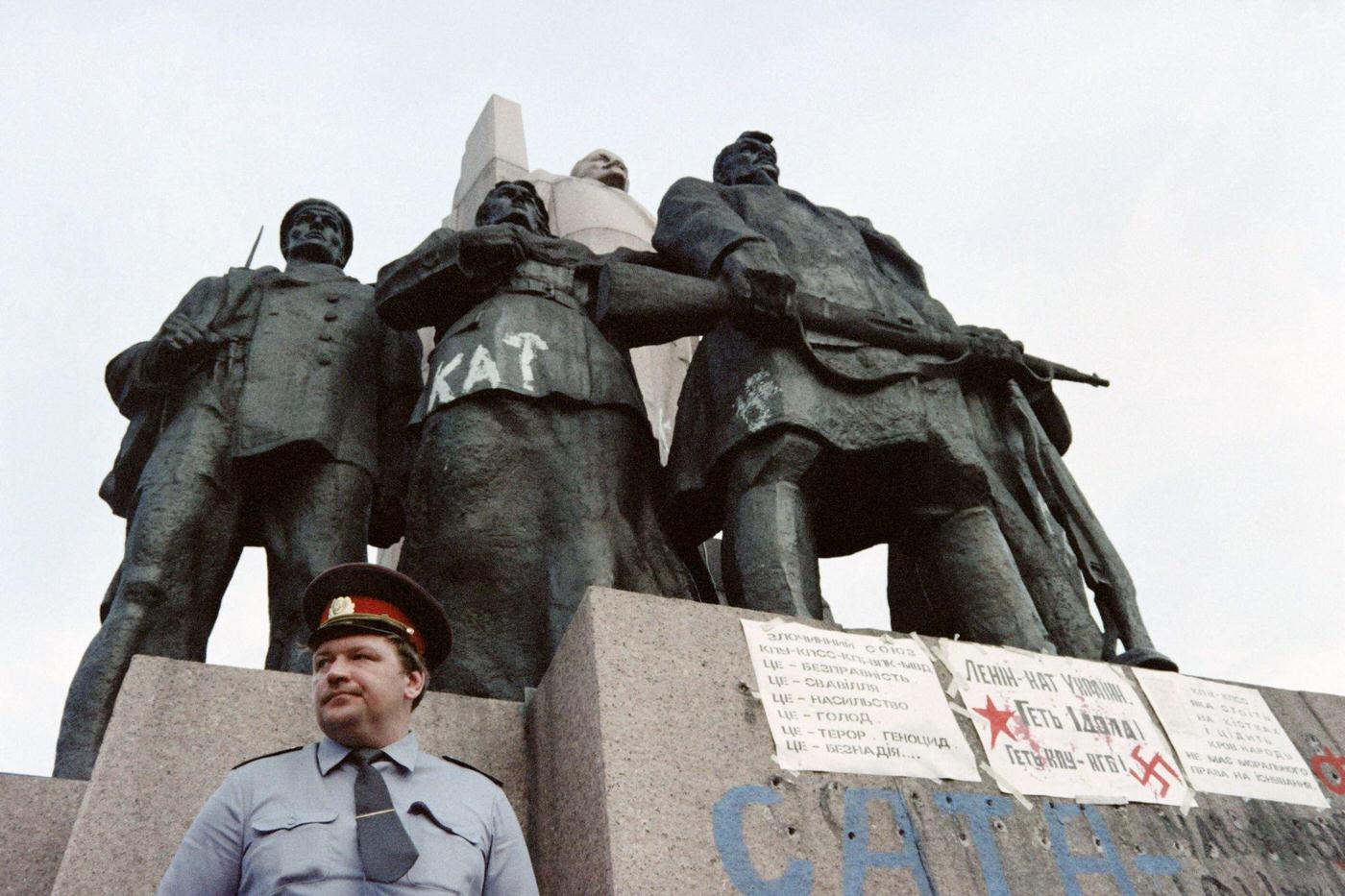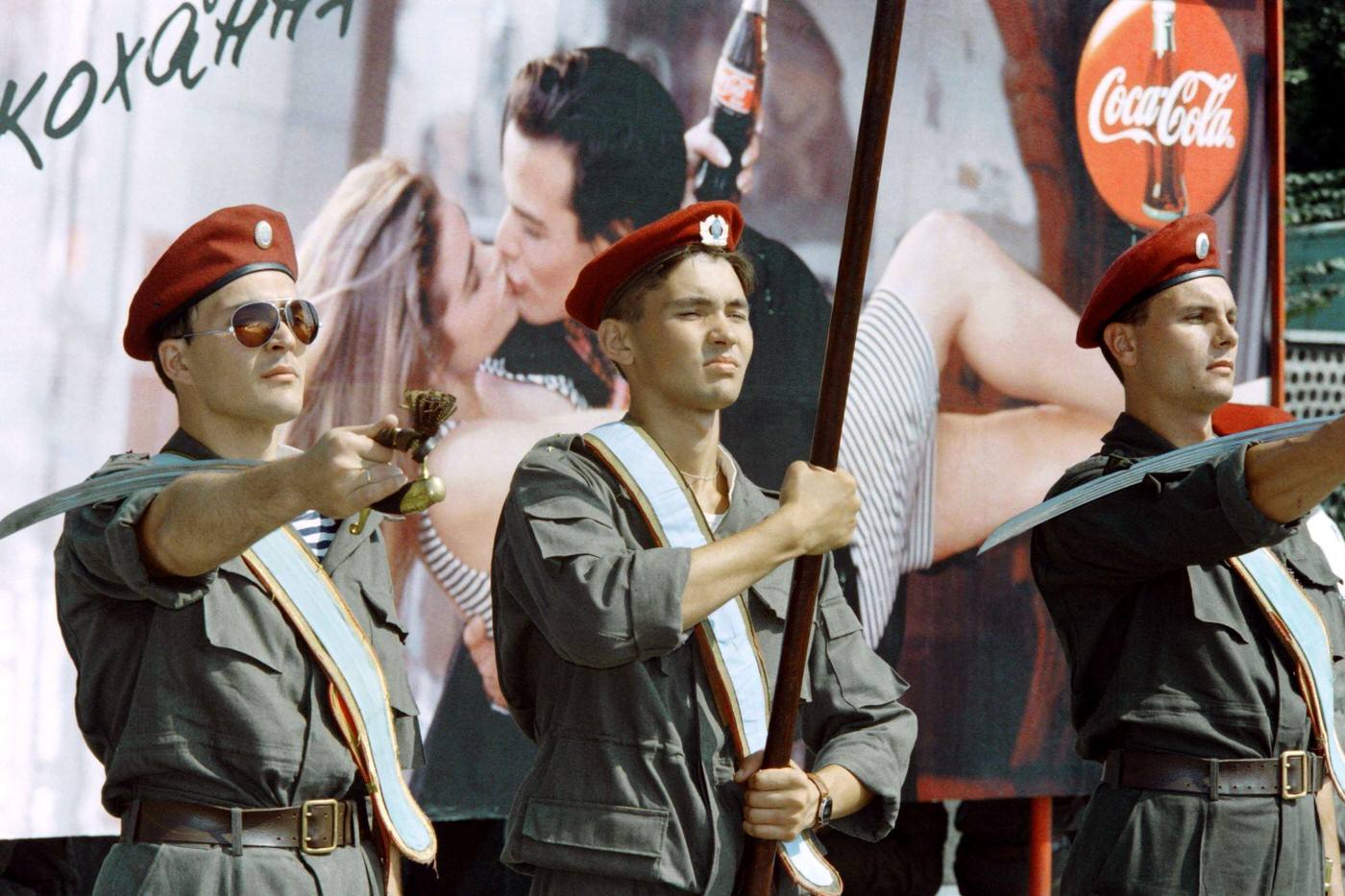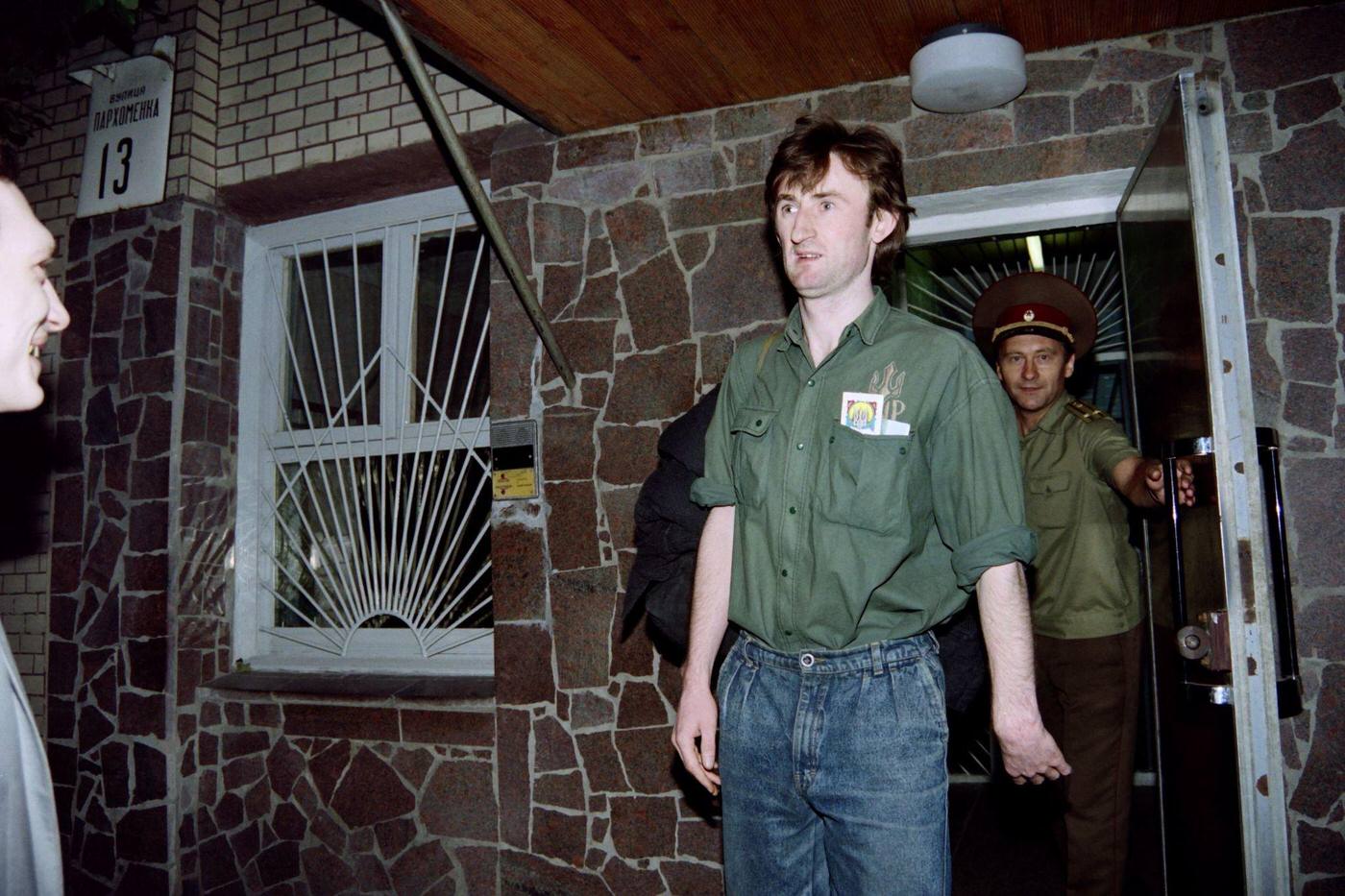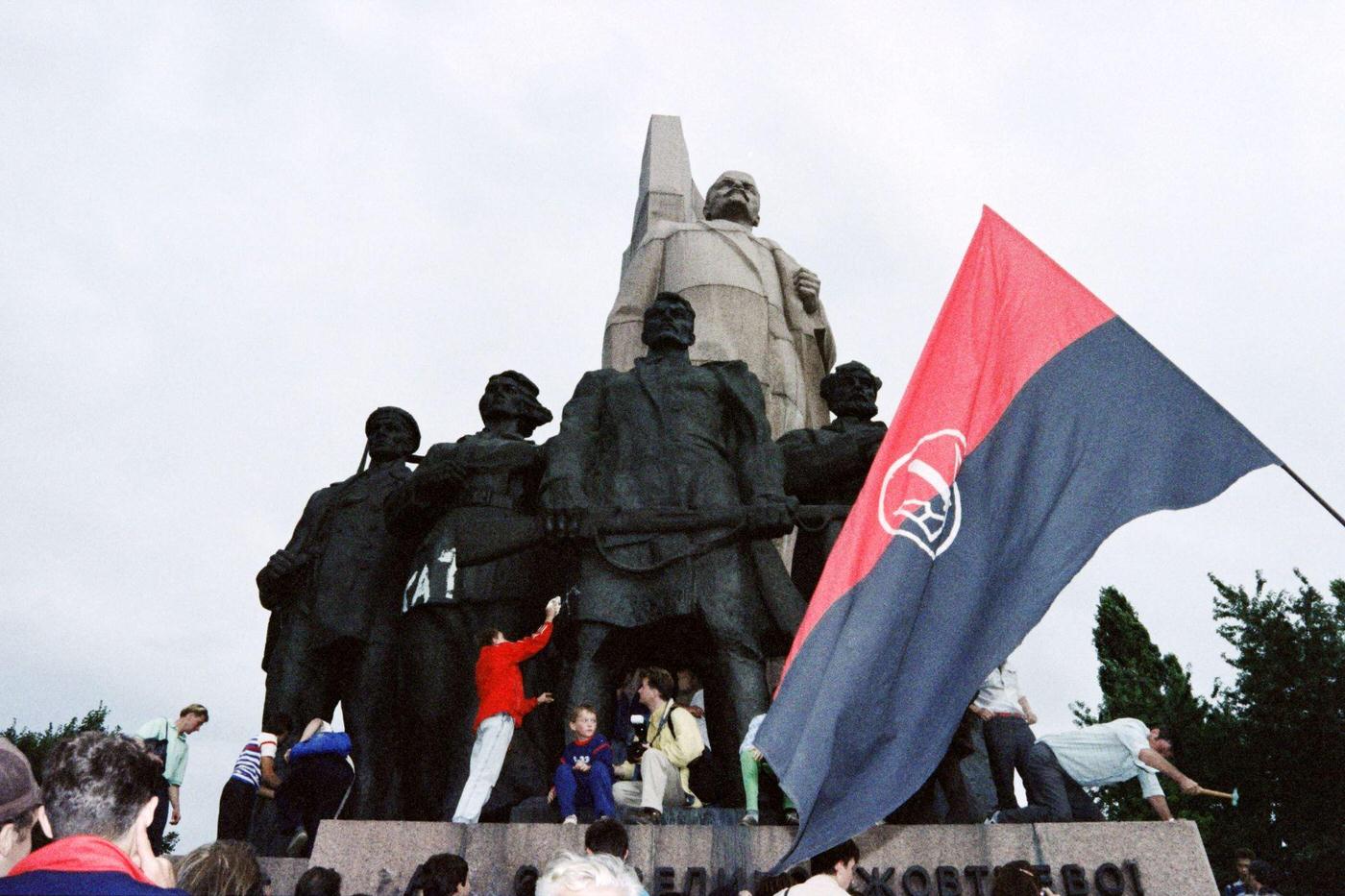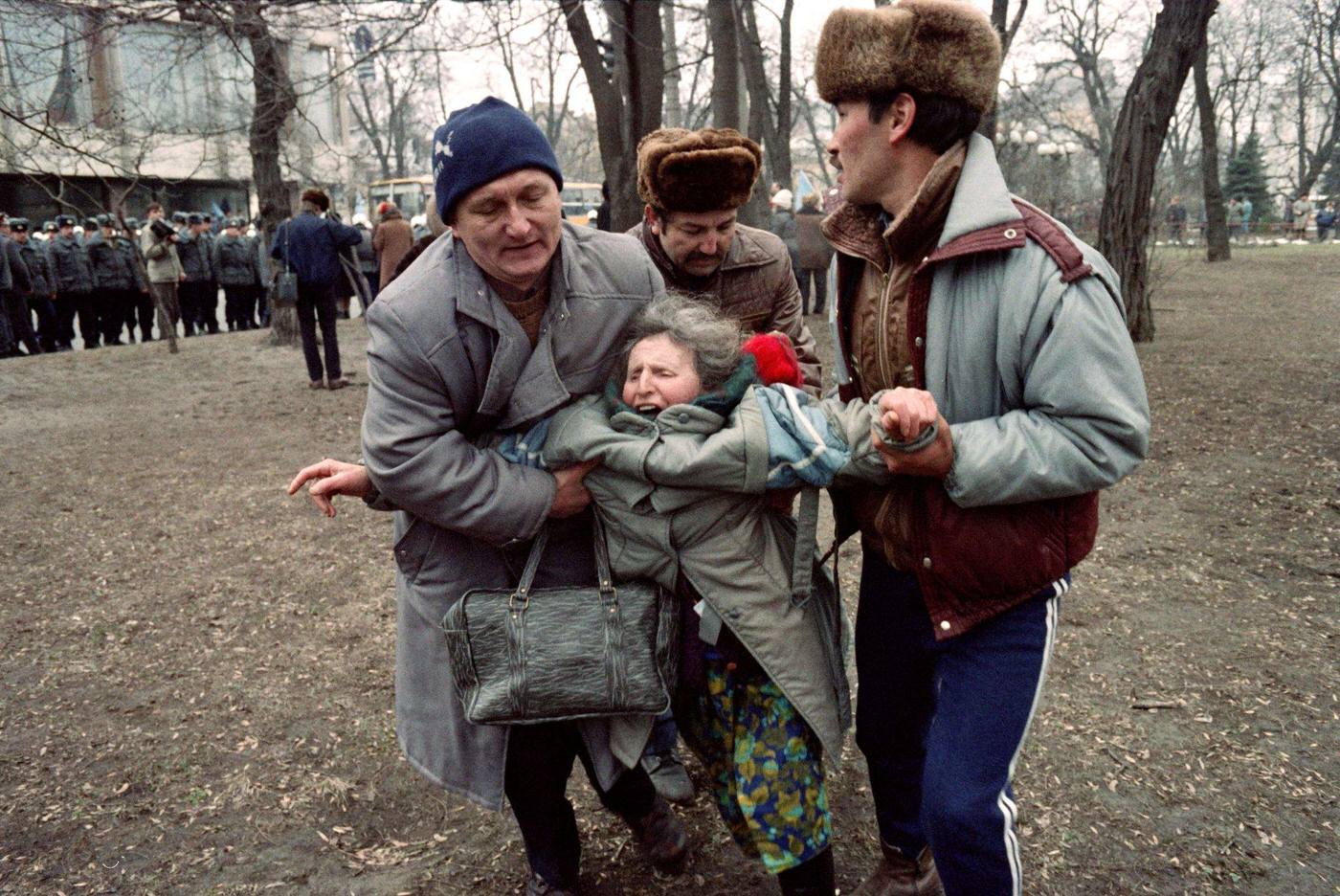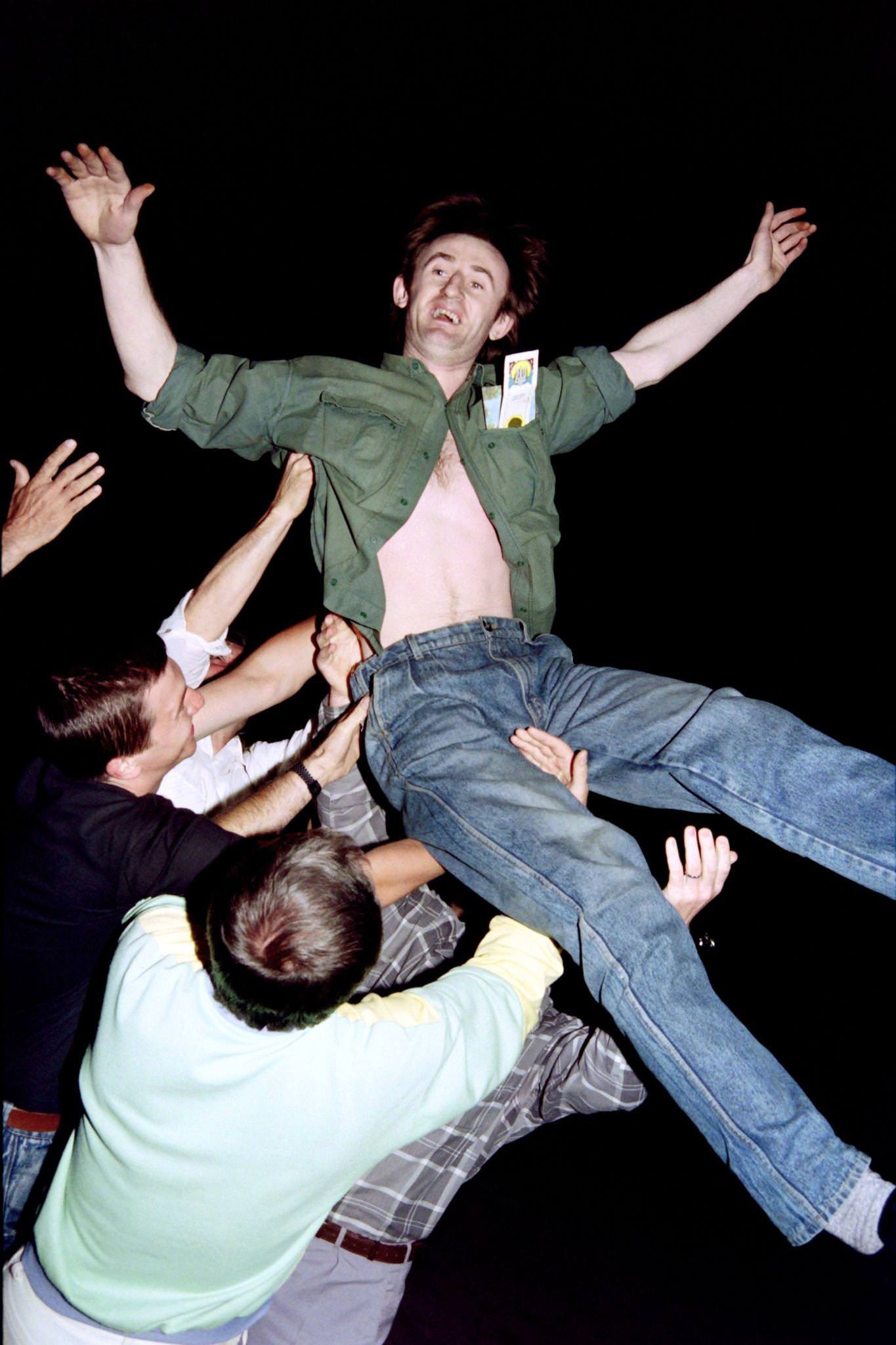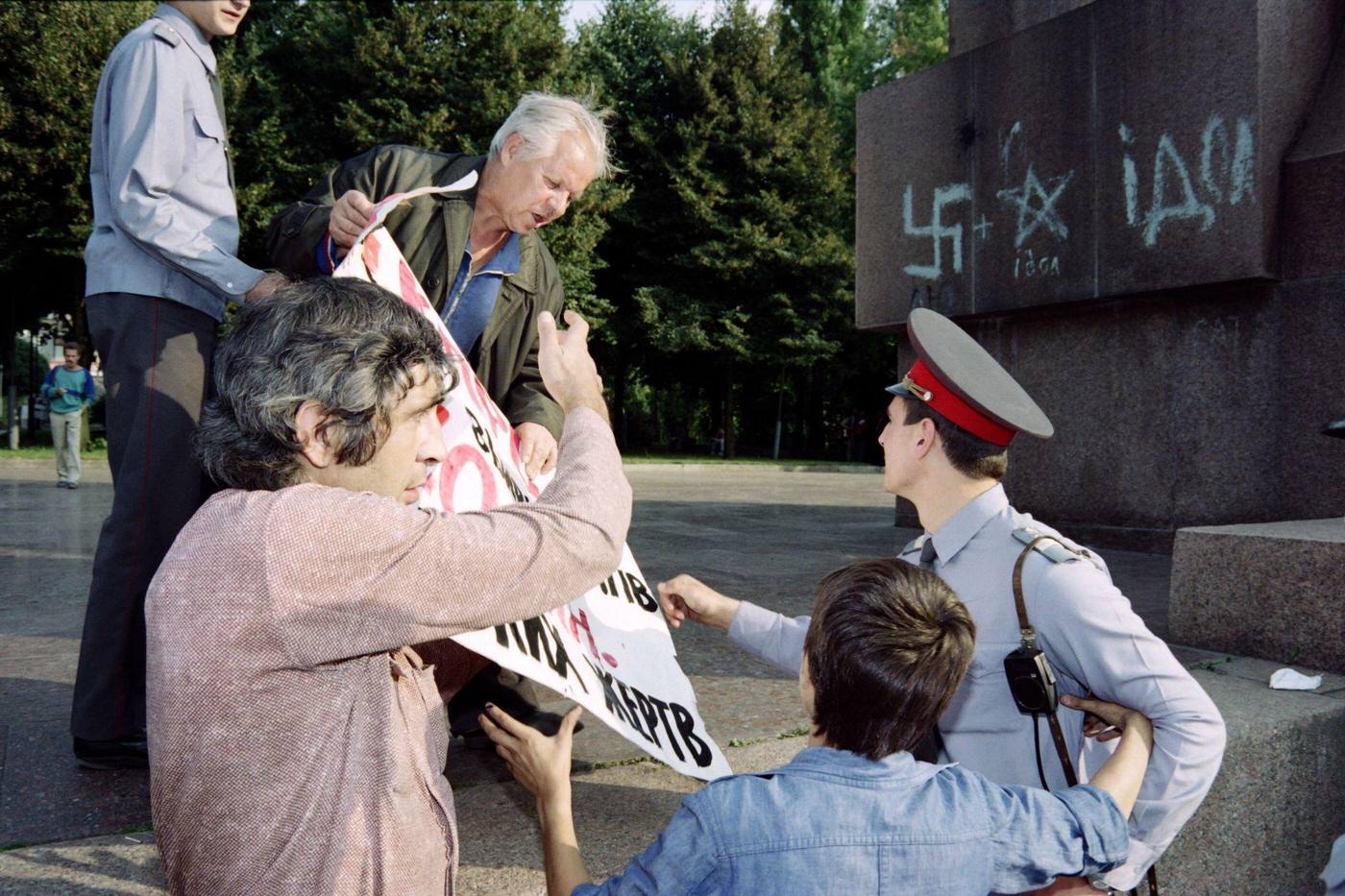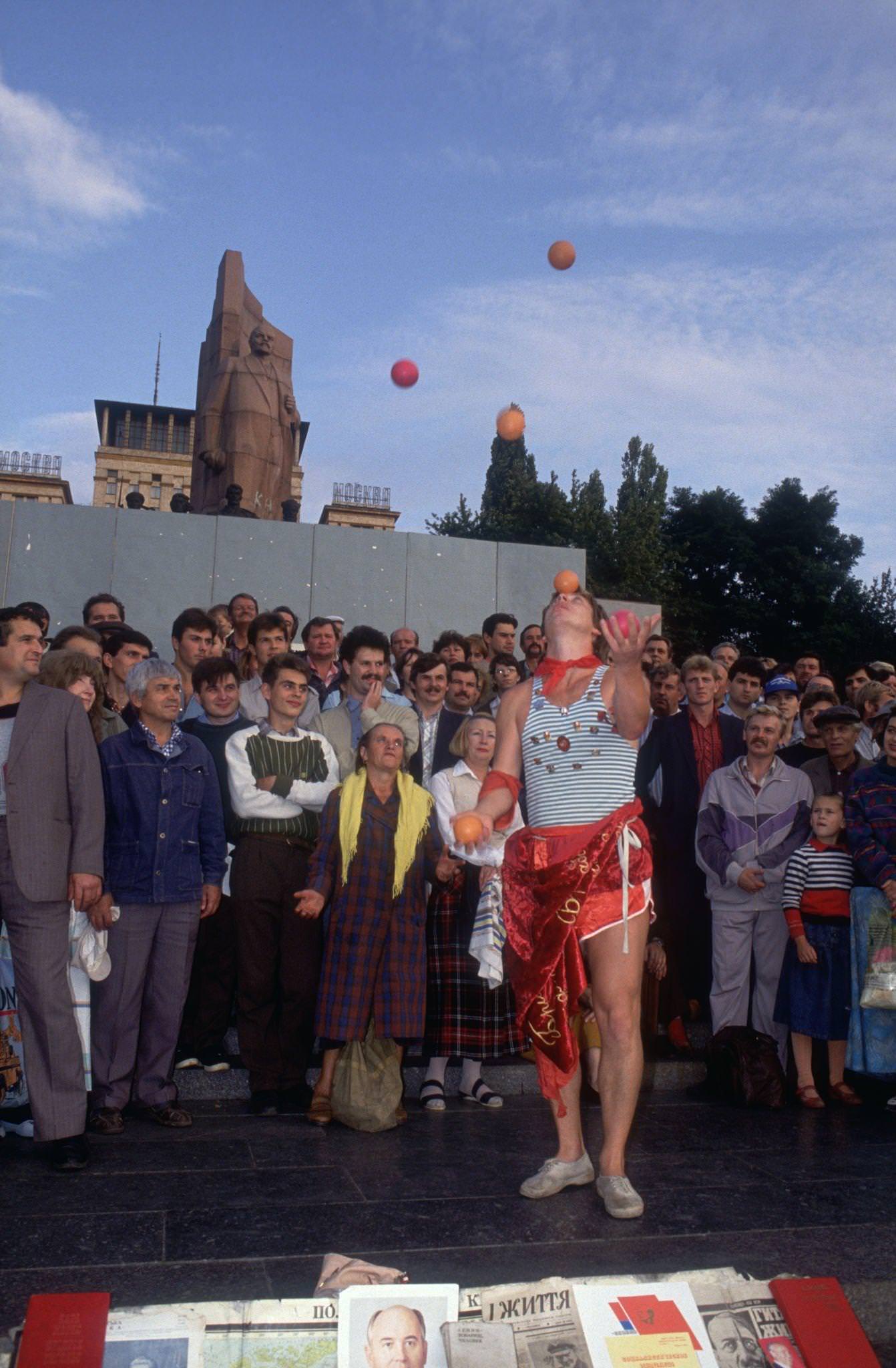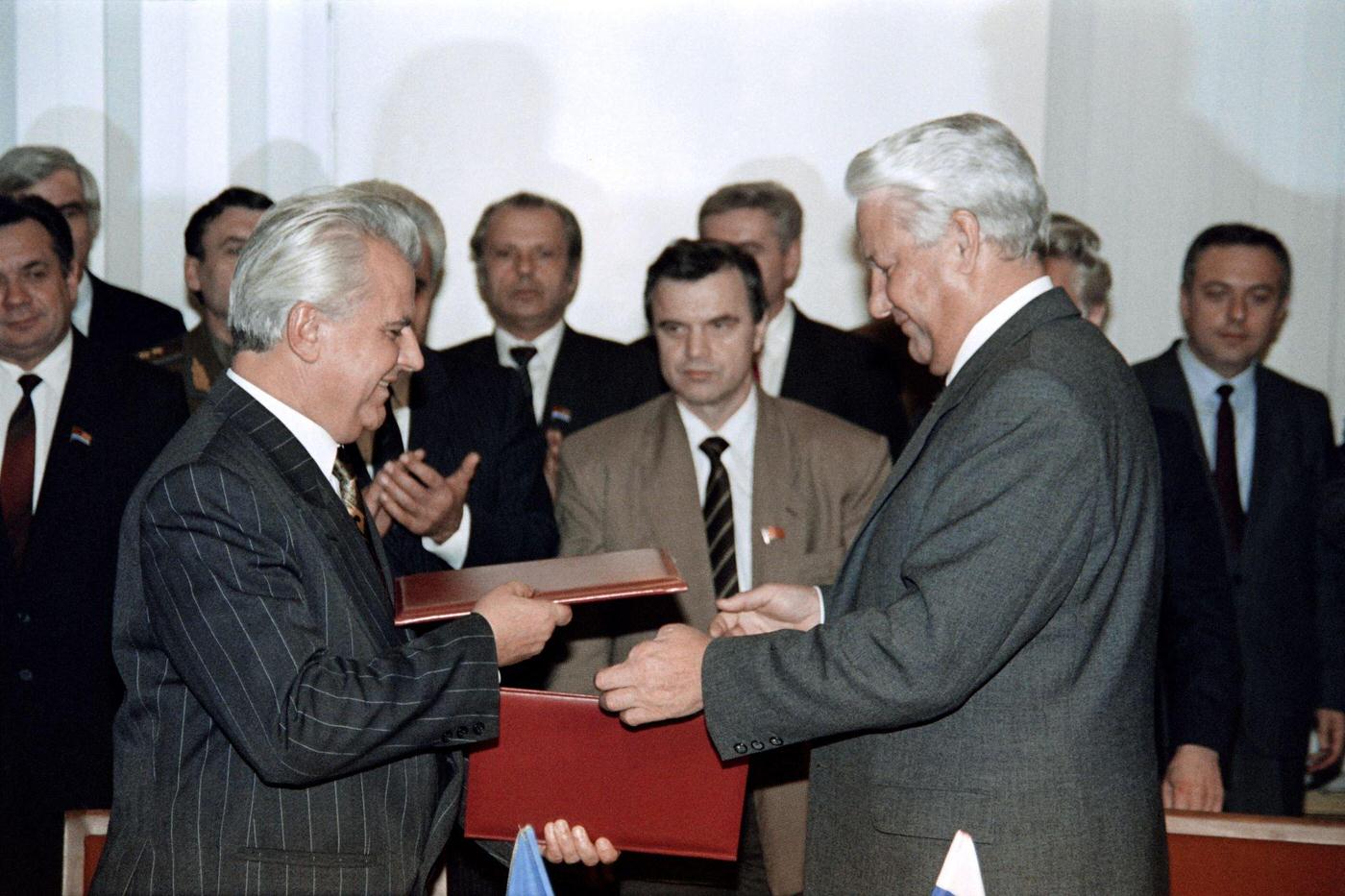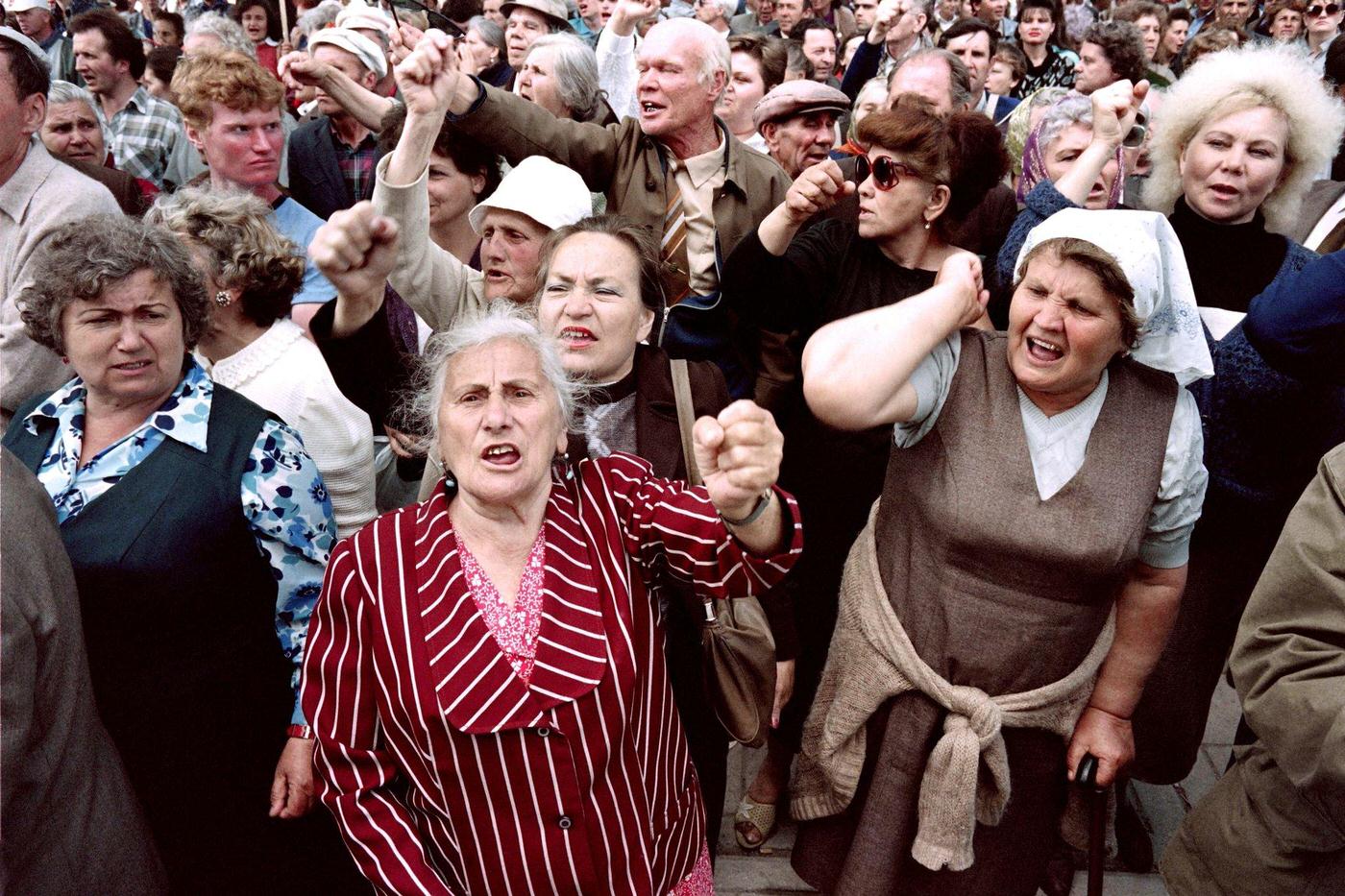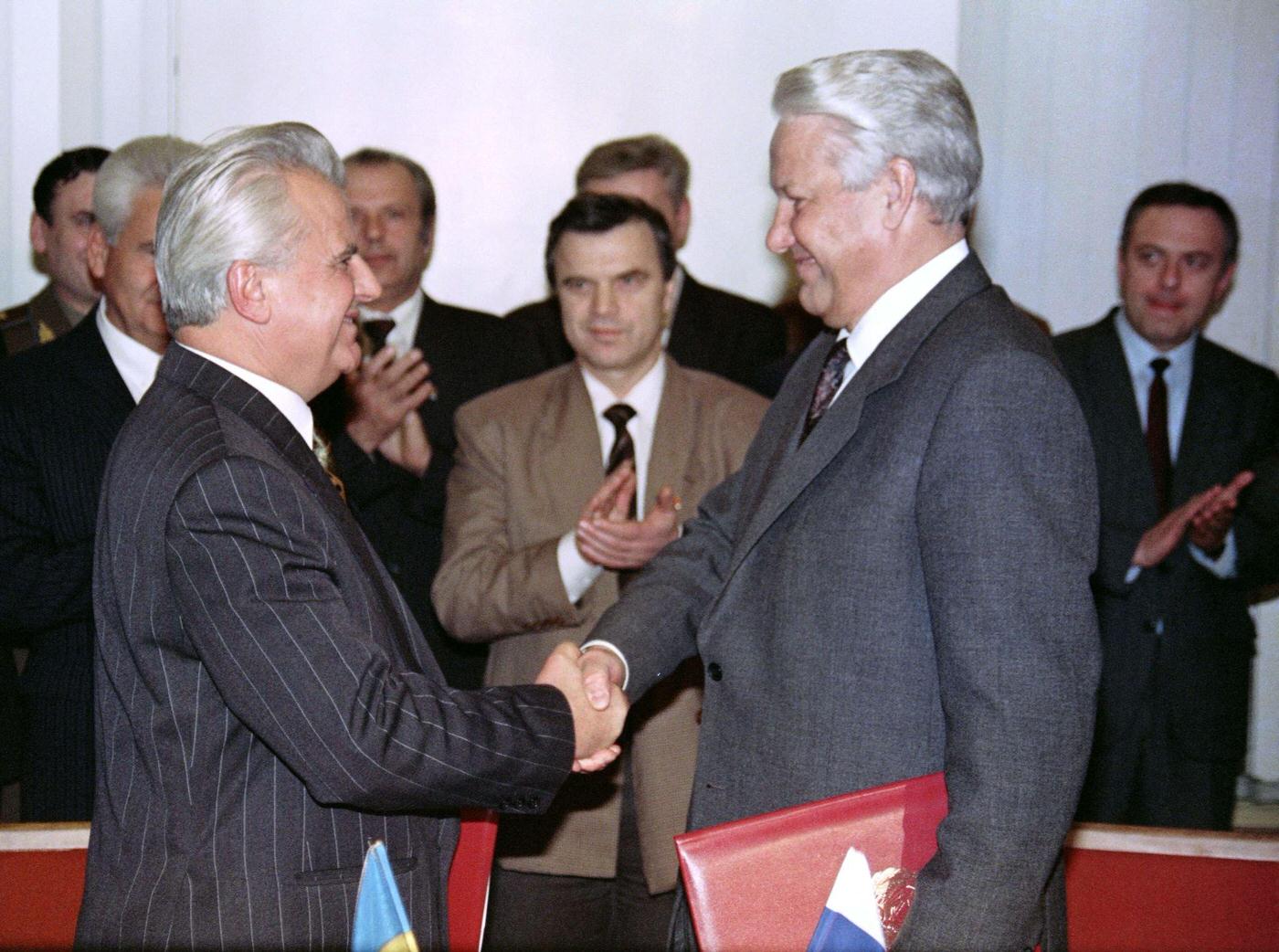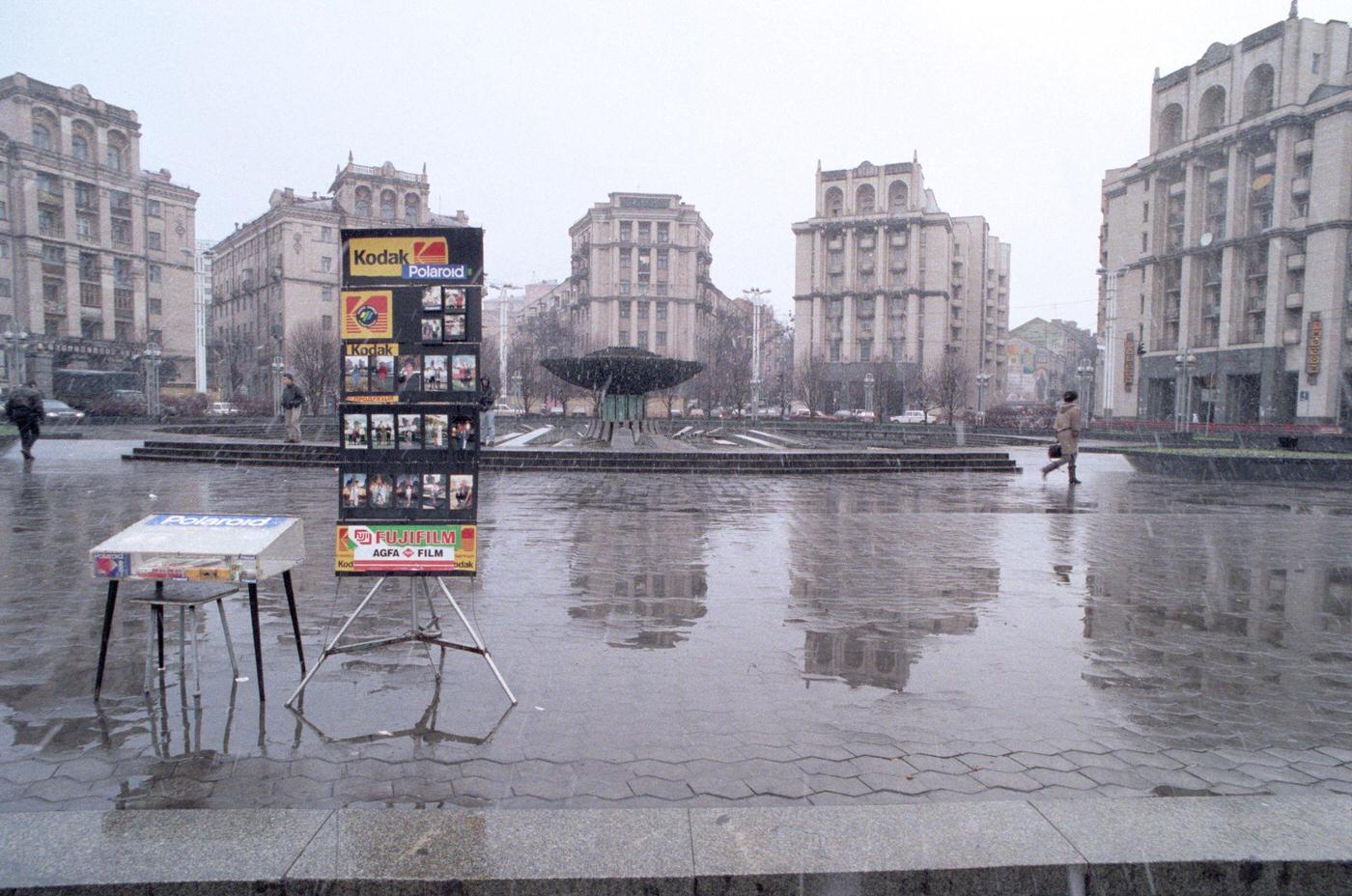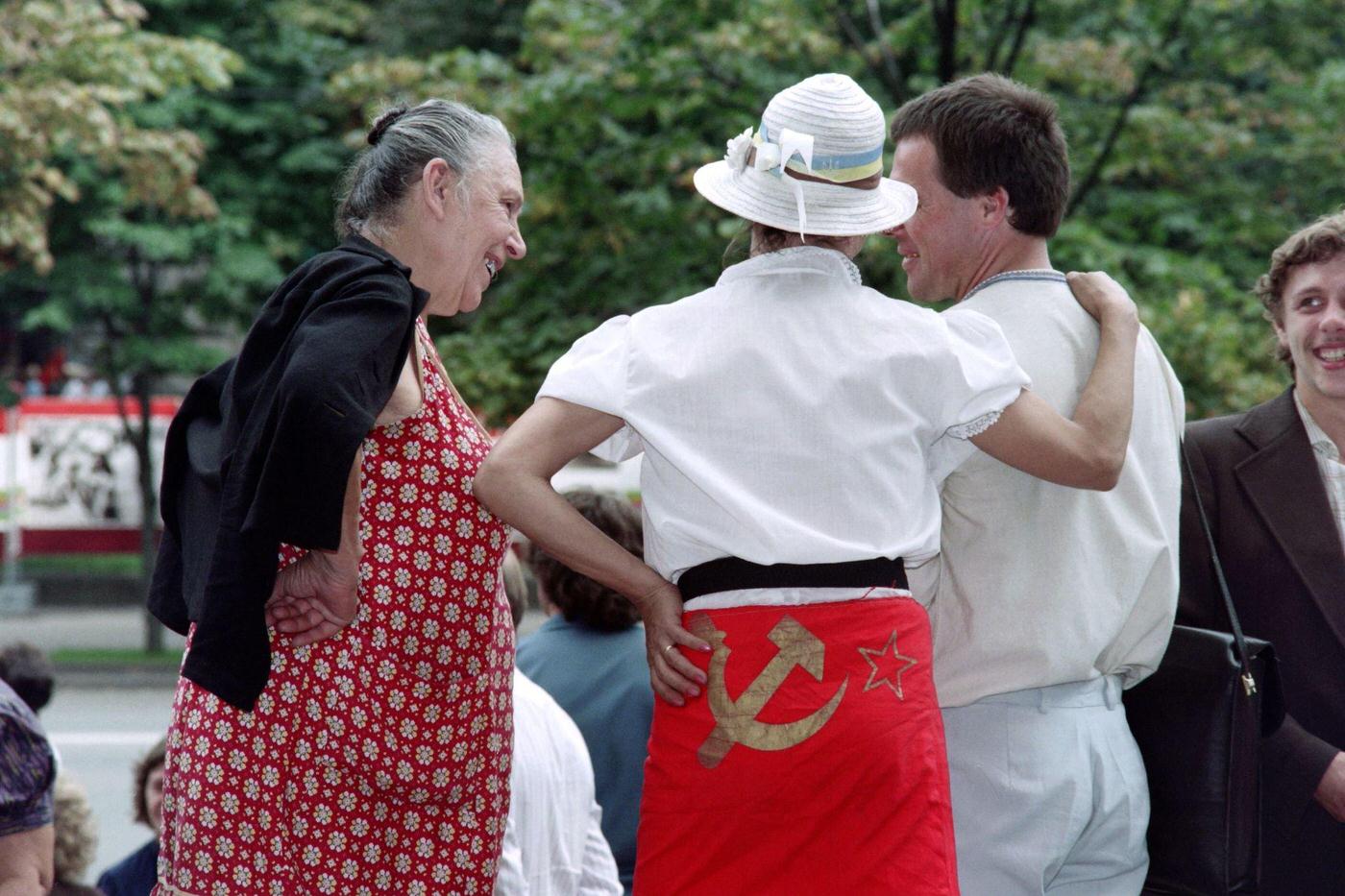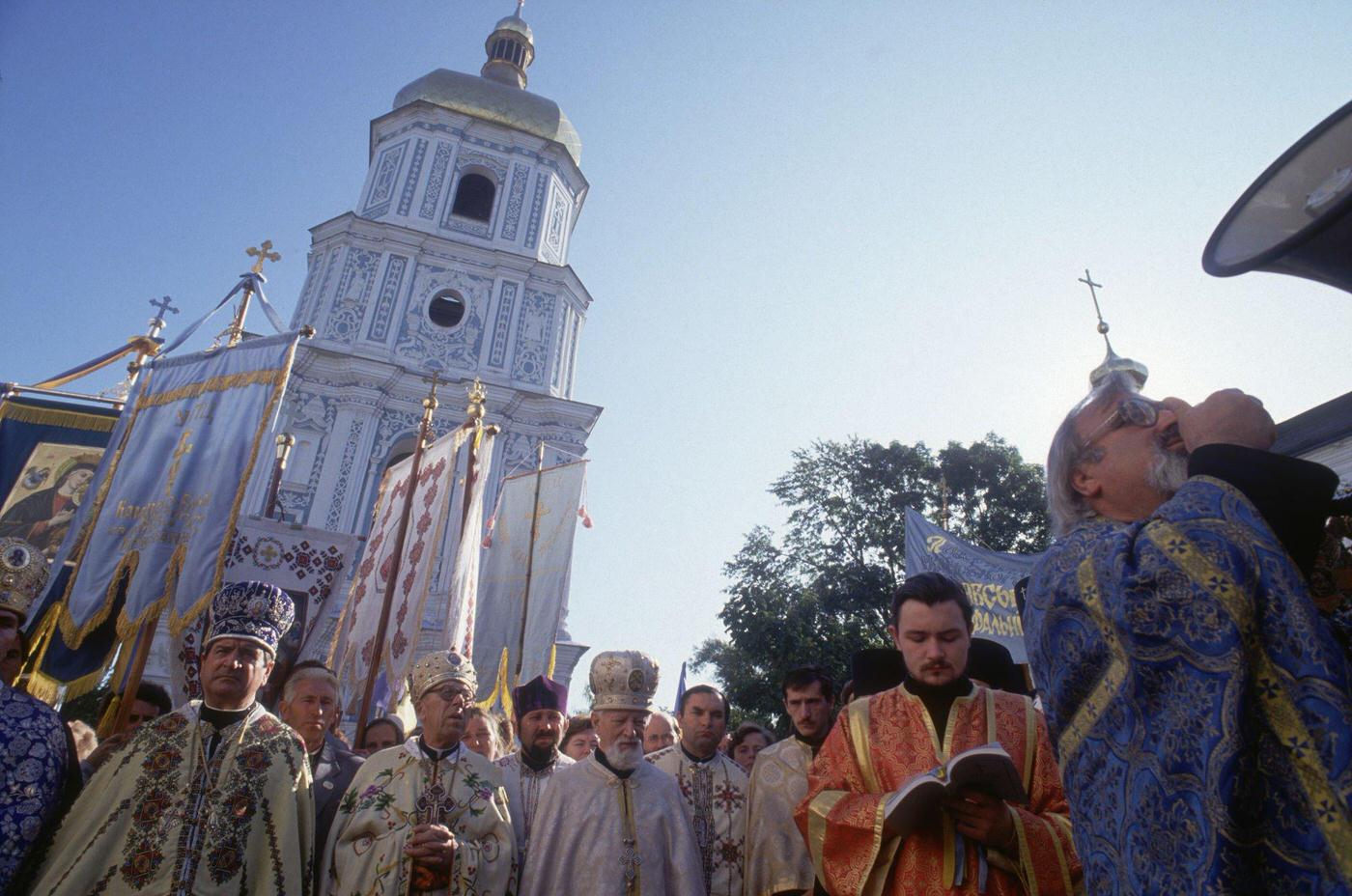The disintegration of the Soviet Union in the early 1990s created a political vacuum, prompting many republics to reconsider their status. Ukraine was no exception. On August 24, 1991, the Ukrainian parliament, moved by the wave of national consciousness and the popular desire for sovereignty, declared Ukraine an independent state. This decision was later confirmed by a national referendum on December 1, 1991, where an overwhelming majority of Ukrainians voted in favor of independence.
A Nation Celebrates
When Ukraine proclaimed its independence, the entire nation erupted in a spontaneous outpouring of happiness and pride. The streets of Kyiv, Lviv, Odessa, and countless other cities and towns echoed with jubilant cries, traditional songs, and the serene hum of conversations filled with hope. Maidan Nezalezhnosti, Kyiv’s central square, transformed into a sea of blue and yellow as families, children, and the elderly came together, waving the national flag, sharing stories, and dreaming of a promising future. Iconic Ukrainian tunes resonated, while dances like the Hopak captured the essence of the celebration. It wasn’t just a political victory; it was a cultural and emotional renaissance, a reclaiming of identity that had been suppressed for generations.
For many Ukrainians, this wasn’t just a day; it was the culmination of a long-held dream, a moment their ancestors had yearned for. Grandparents with tears in their eyes narrated tales of past struggles to the younger generation, ensuring that the significance of this newfound freedom was deeply understood. Churches rang their bells in joyous symphony, artists painted scenes of the celebrations, and poets penned verses capturing the essence of the moment. In every corner, there was a sense of unity, a collective feeling of achievement, and an overwhelming belief in the nation’s potential.
Life After the Declaration: The Path of Nation Building
Post-independence euphoria gradually transitioned into the realization of the enormous task of nation-building that lay ahead. With the joy of freedom came the weight of responsibility. Ukraine, emerging from the shadows of the Soviet regime, was confronted with multifaceted challenges. The economy, previously interwoven with the Soviet system, faced inflation, industrial setbacks, and the pressing need for reforms. Politically, establishing a robust democratic framework was crucial, and this involved creating a constitution, ensuring fair governance, and addressing regional complexities, particularly regarding Crimea.


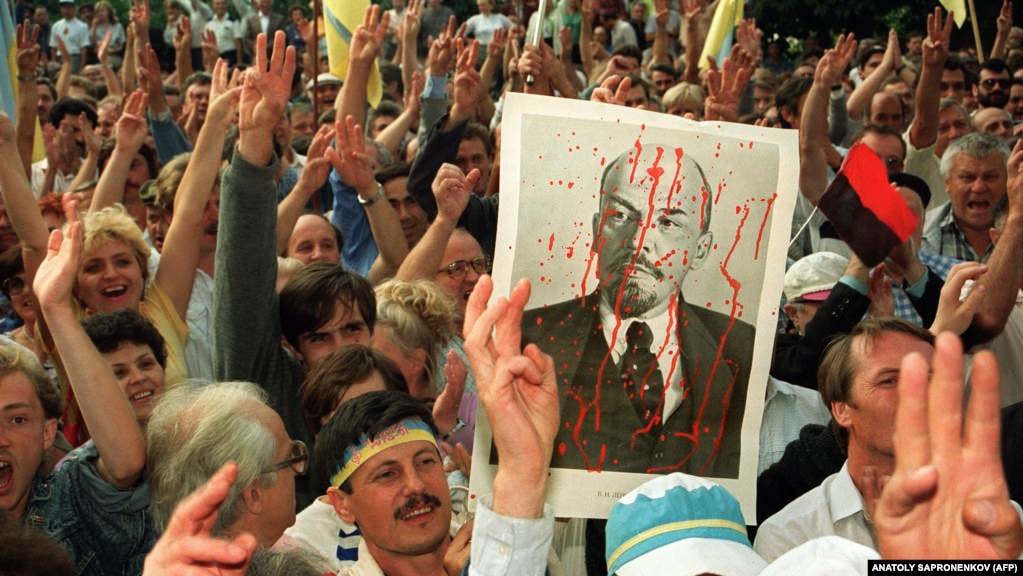
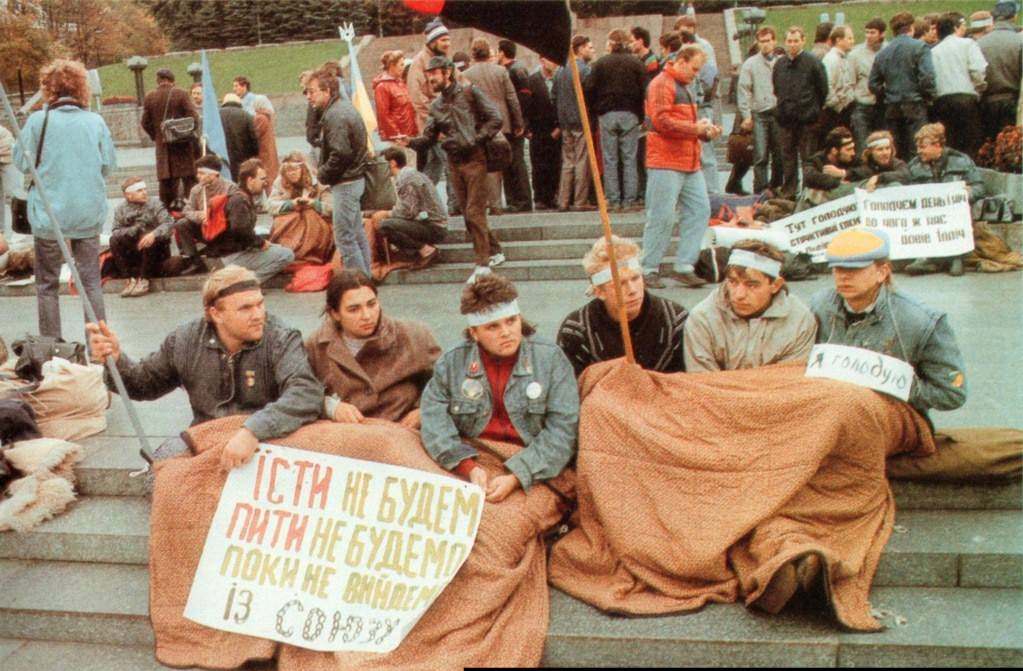
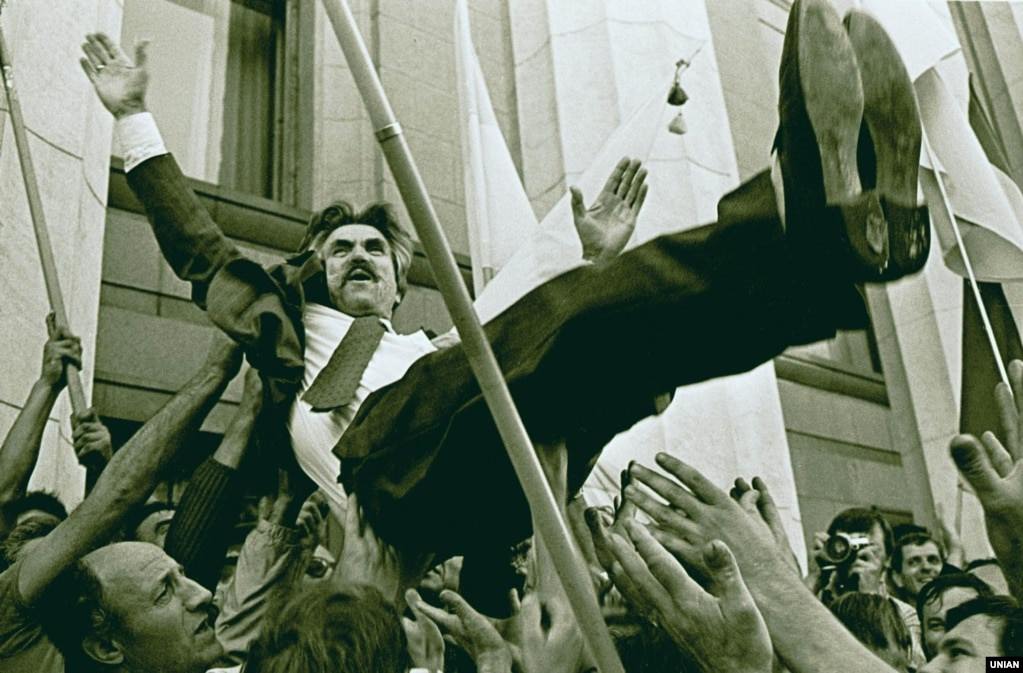
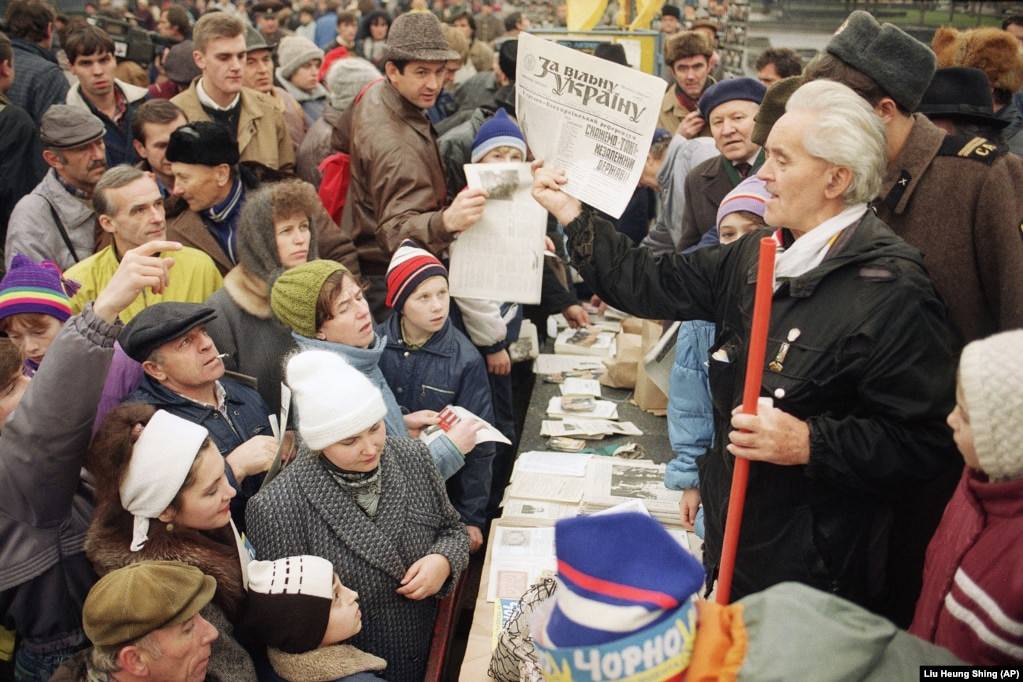
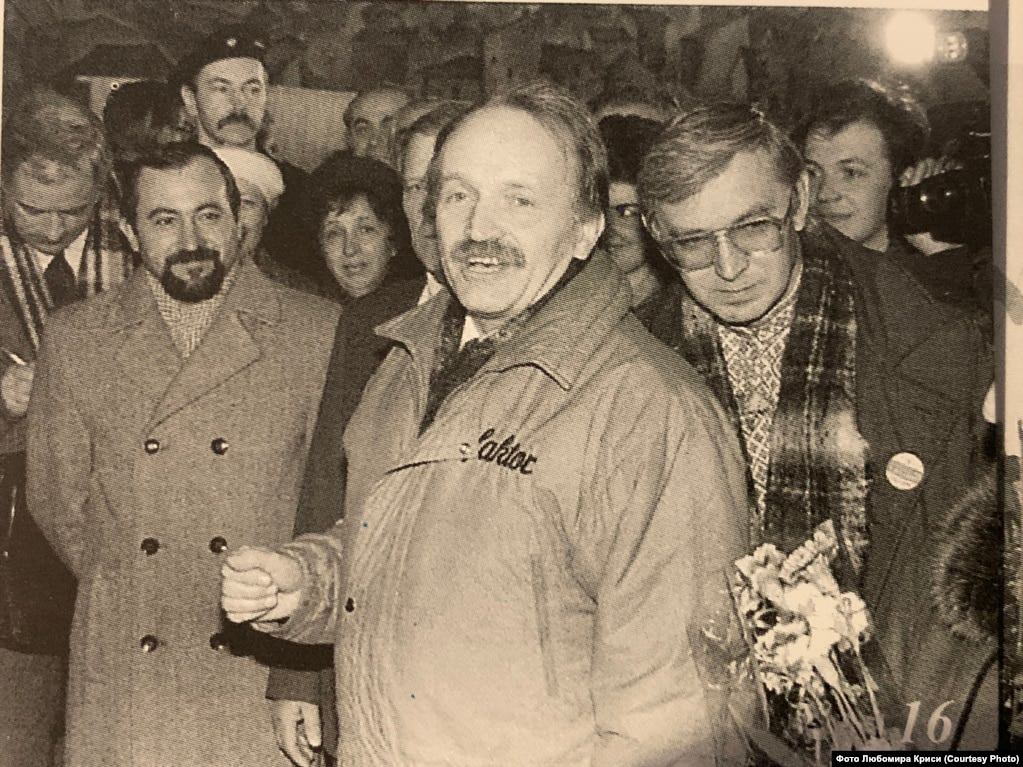
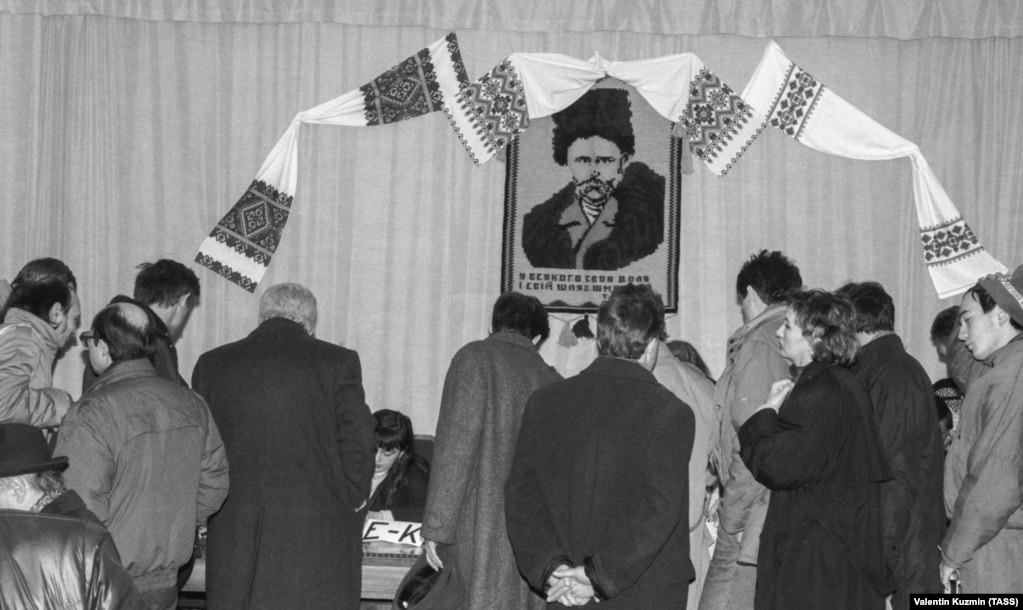
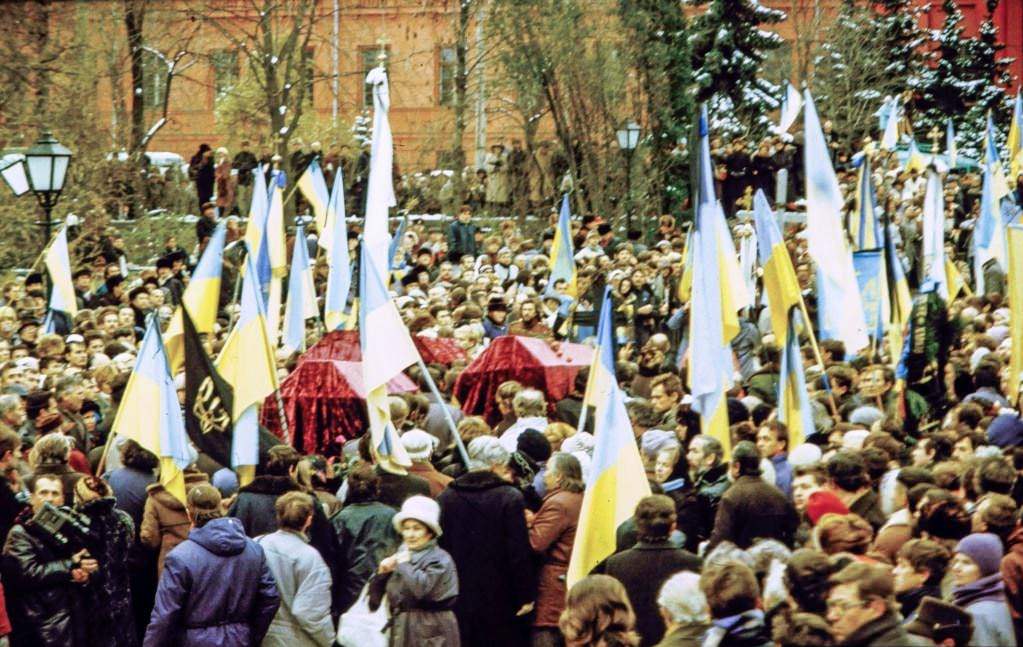
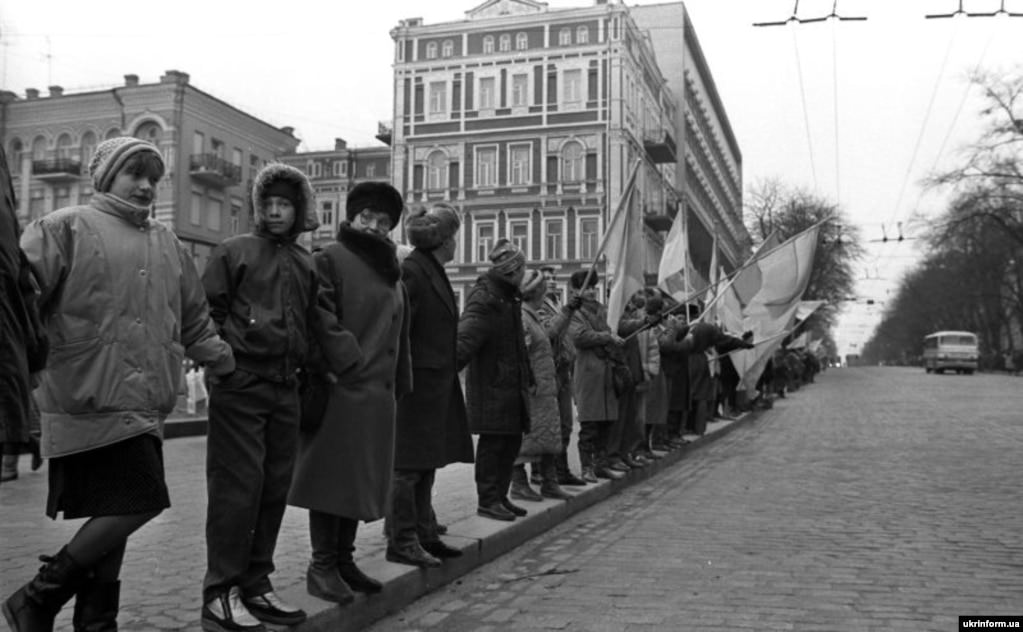
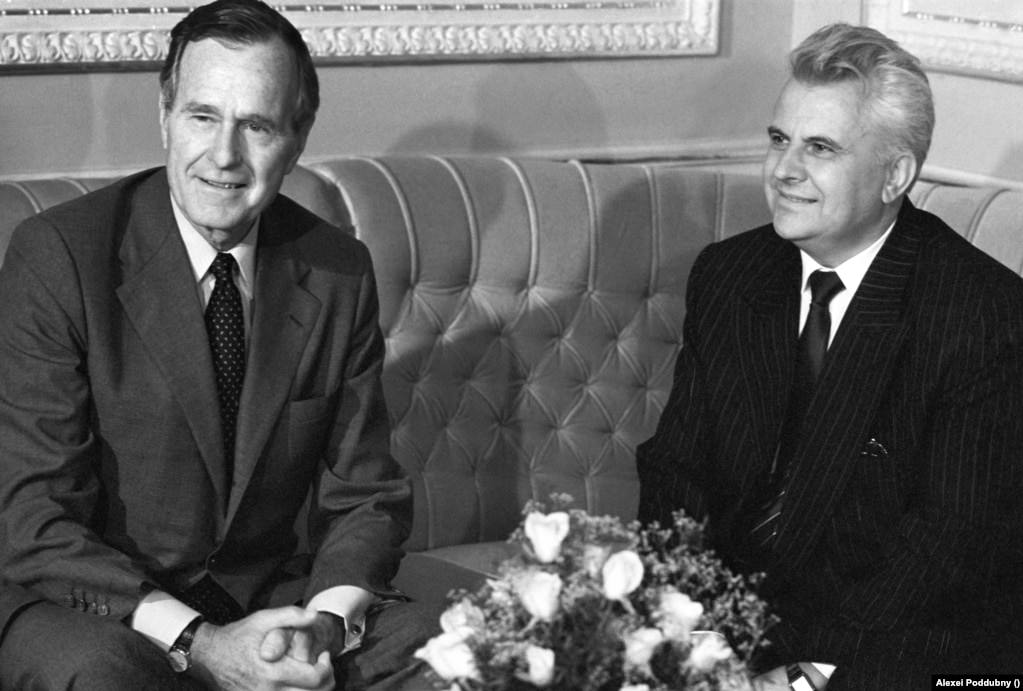
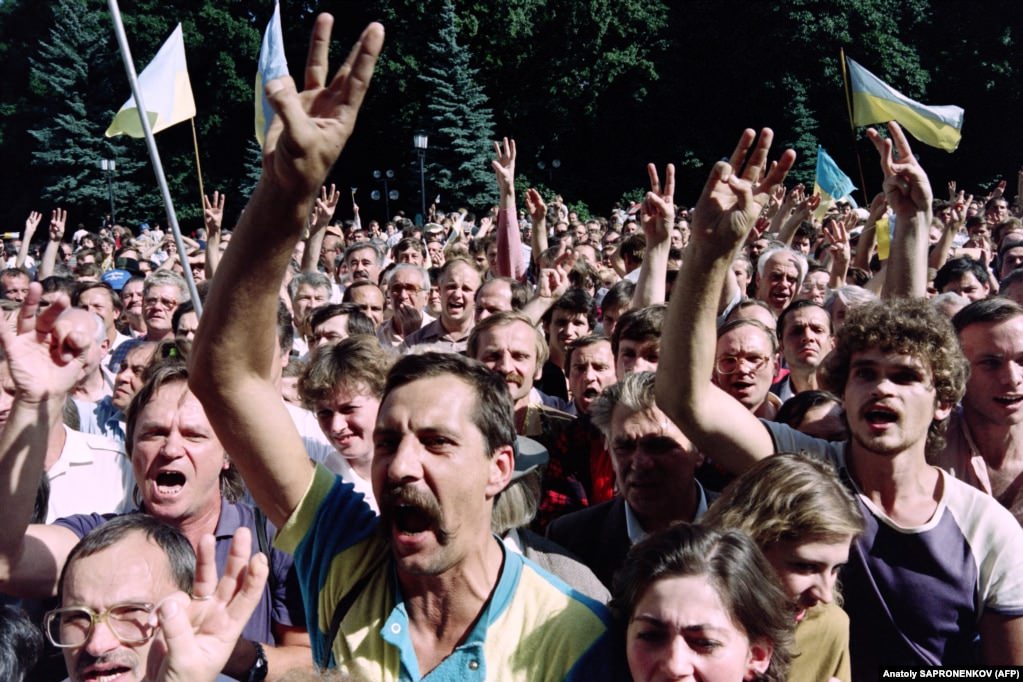
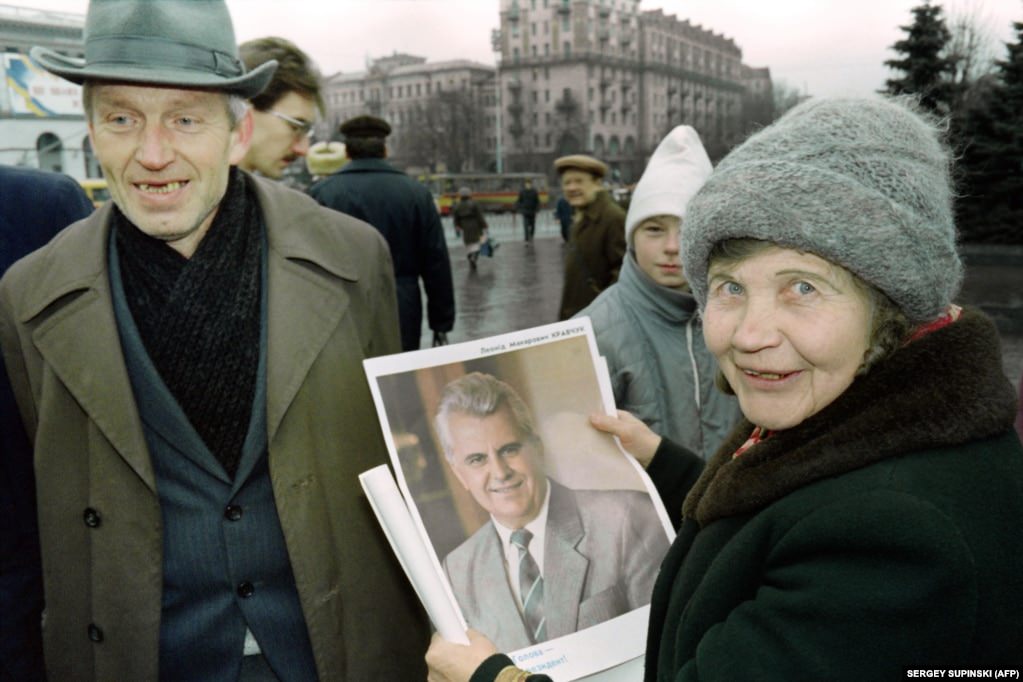
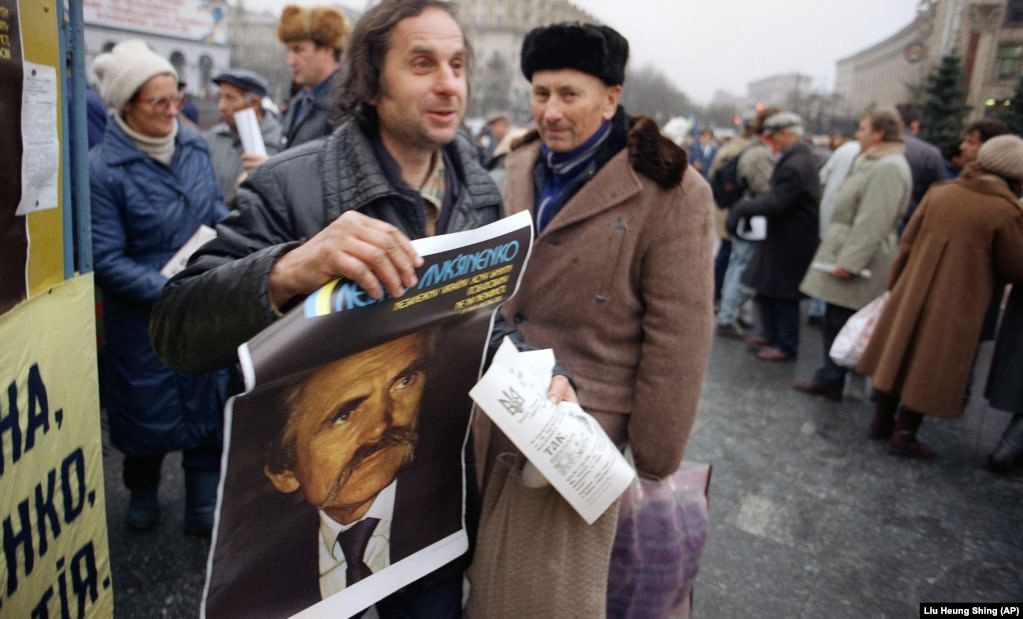
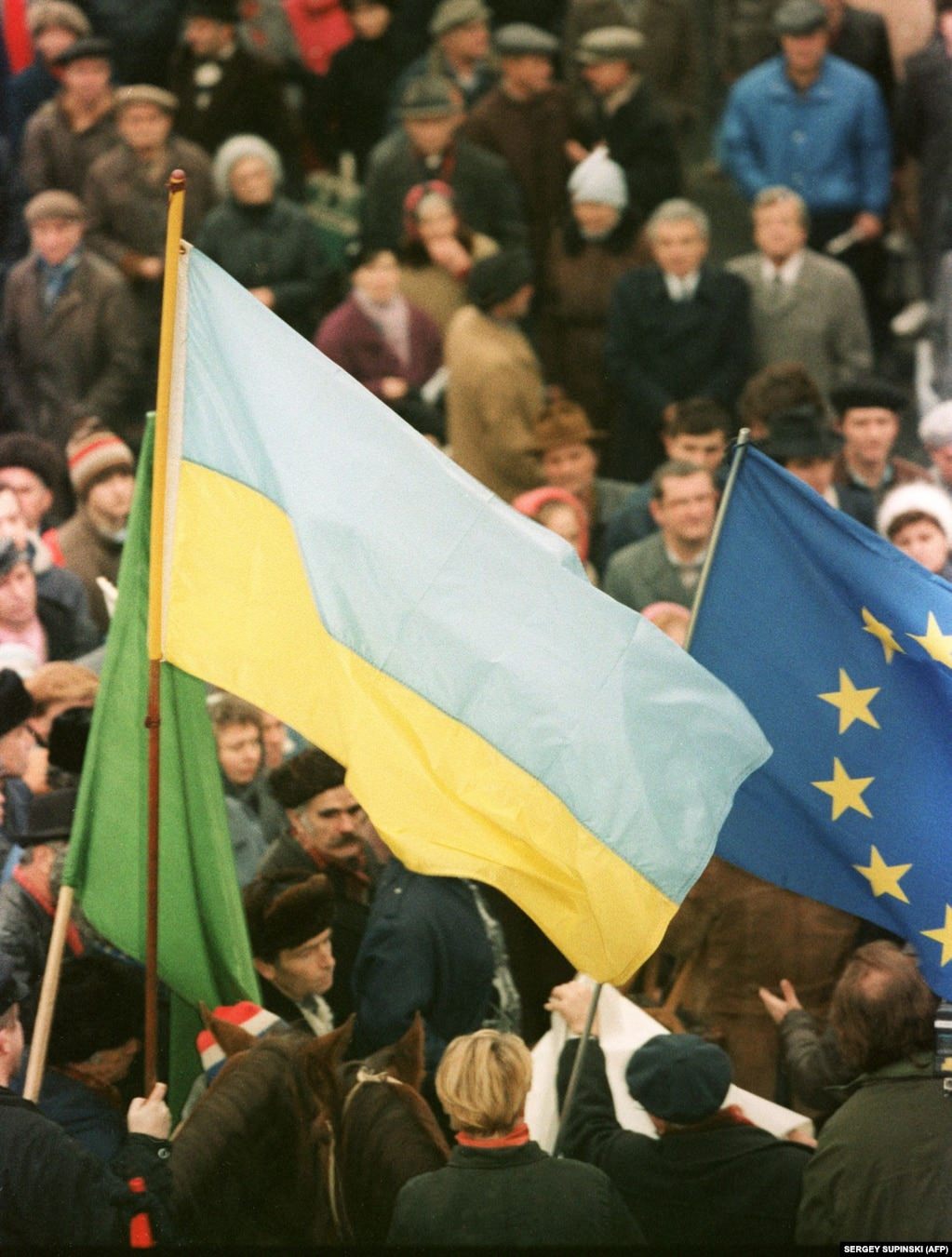
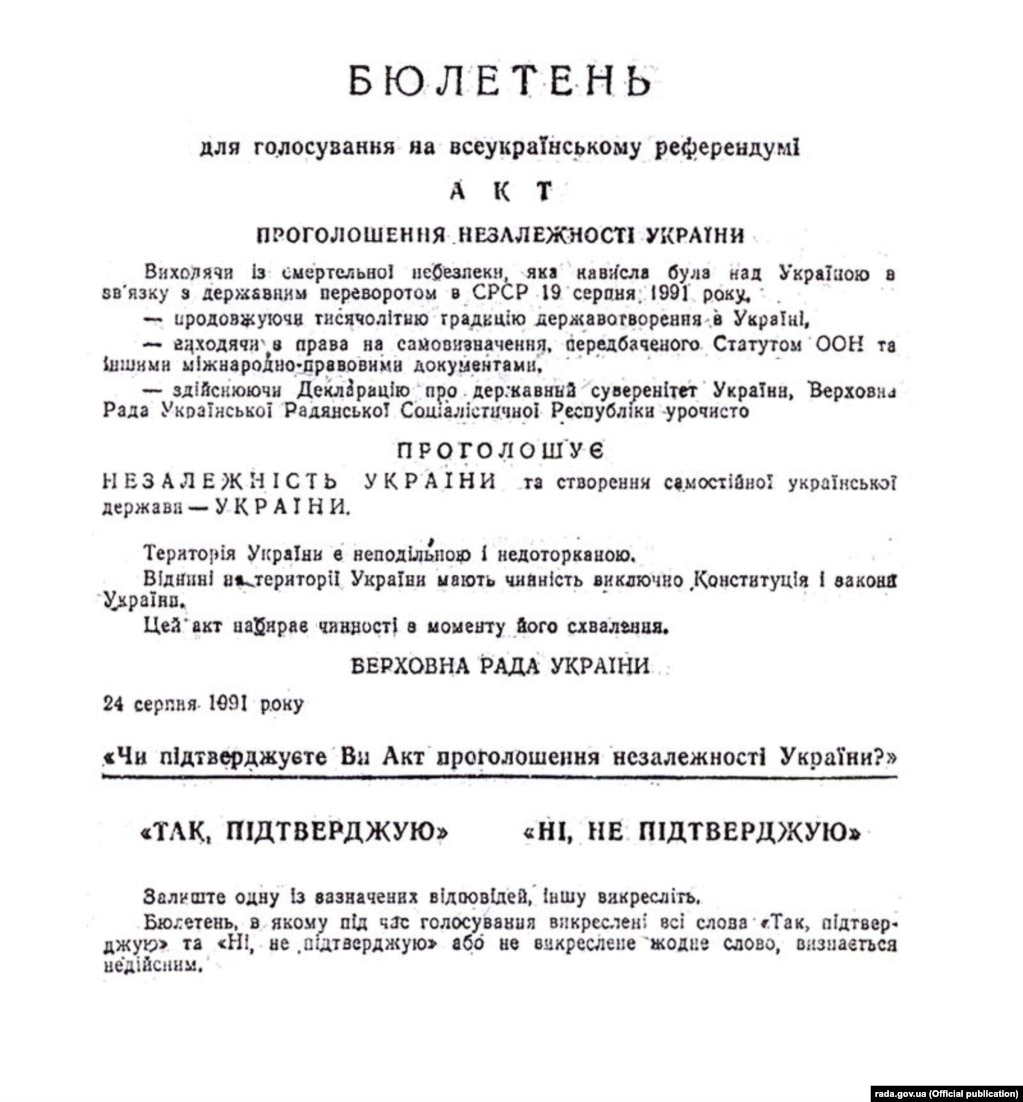
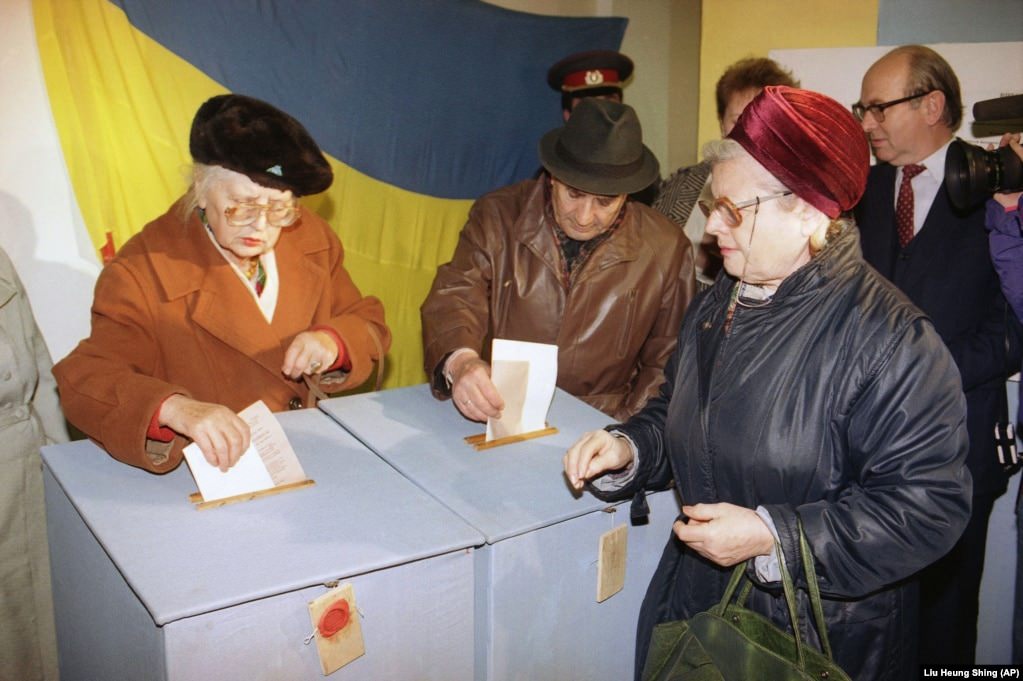
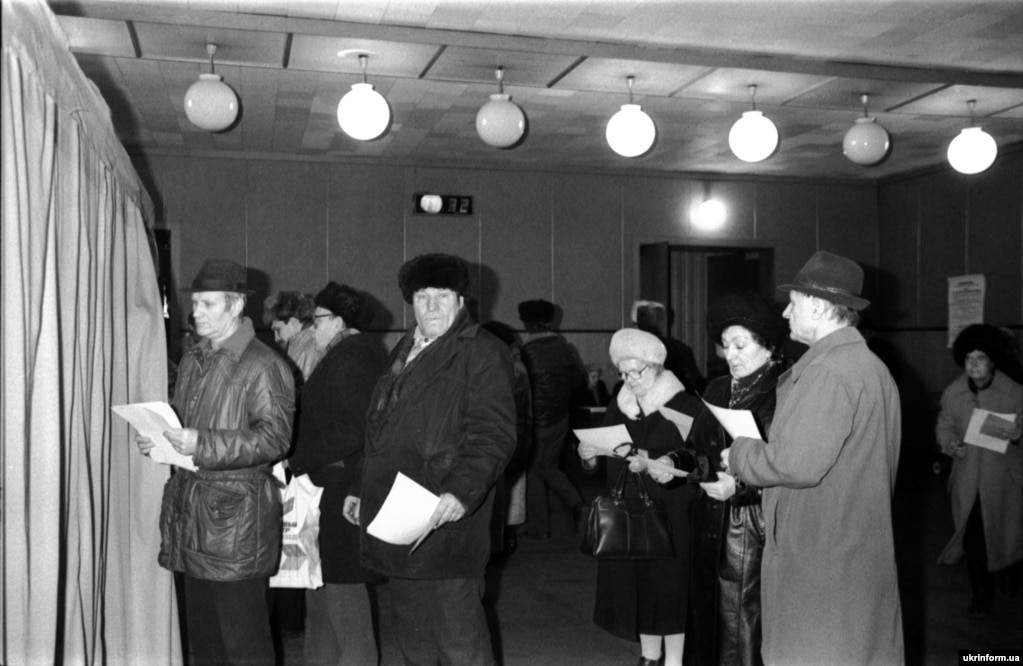
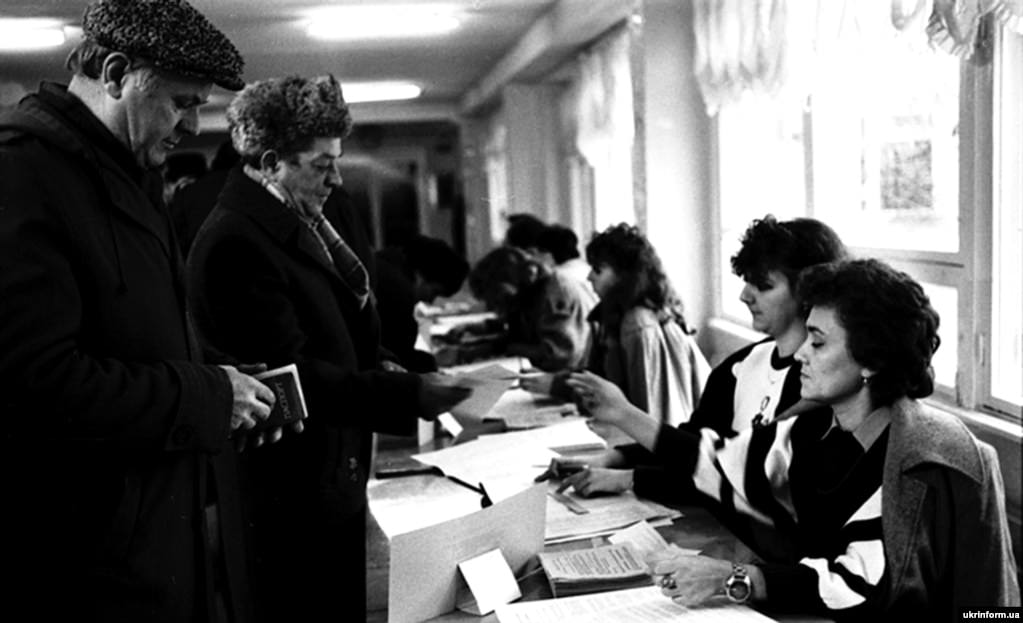
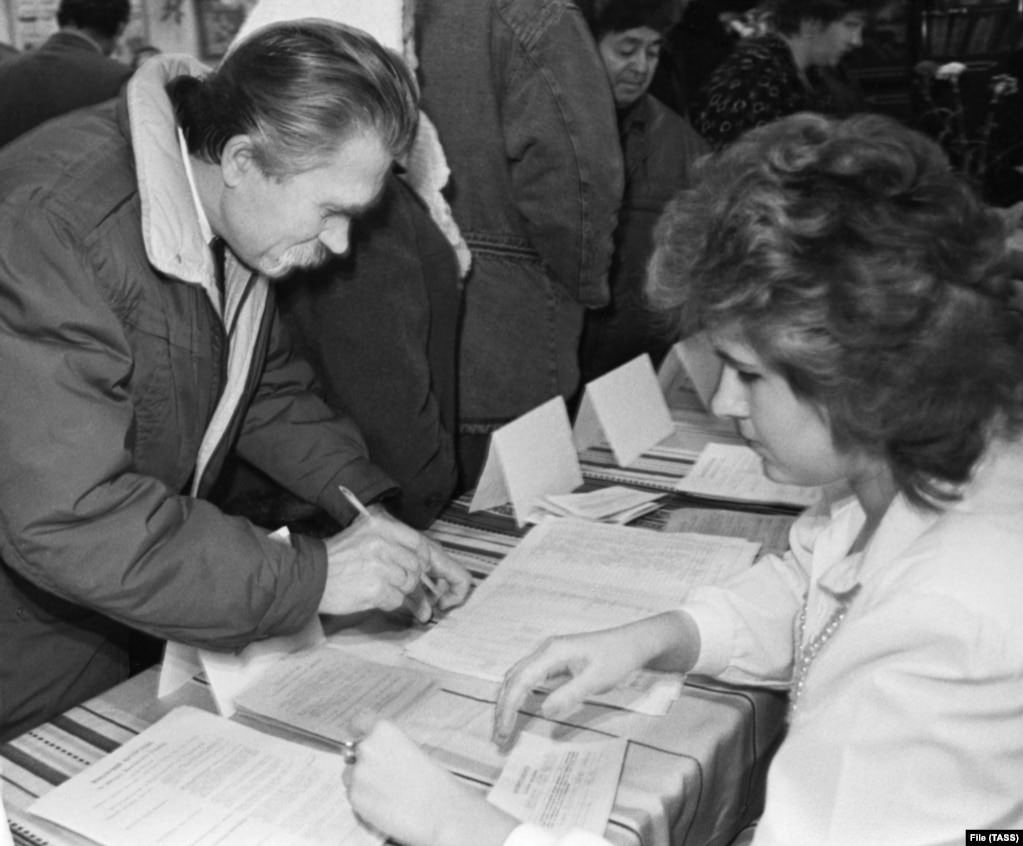
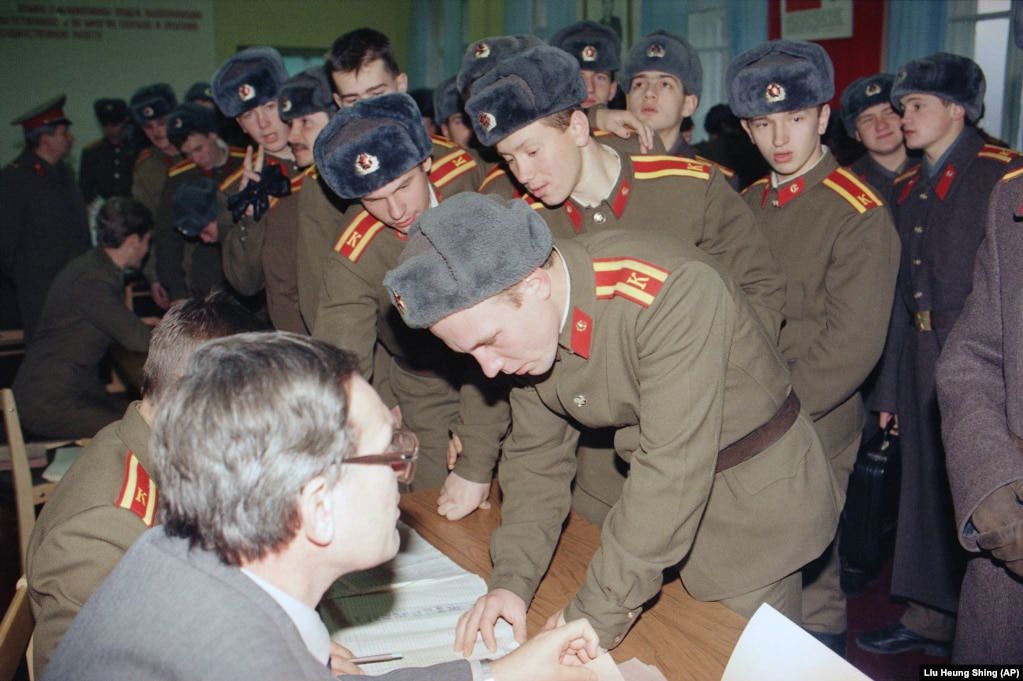
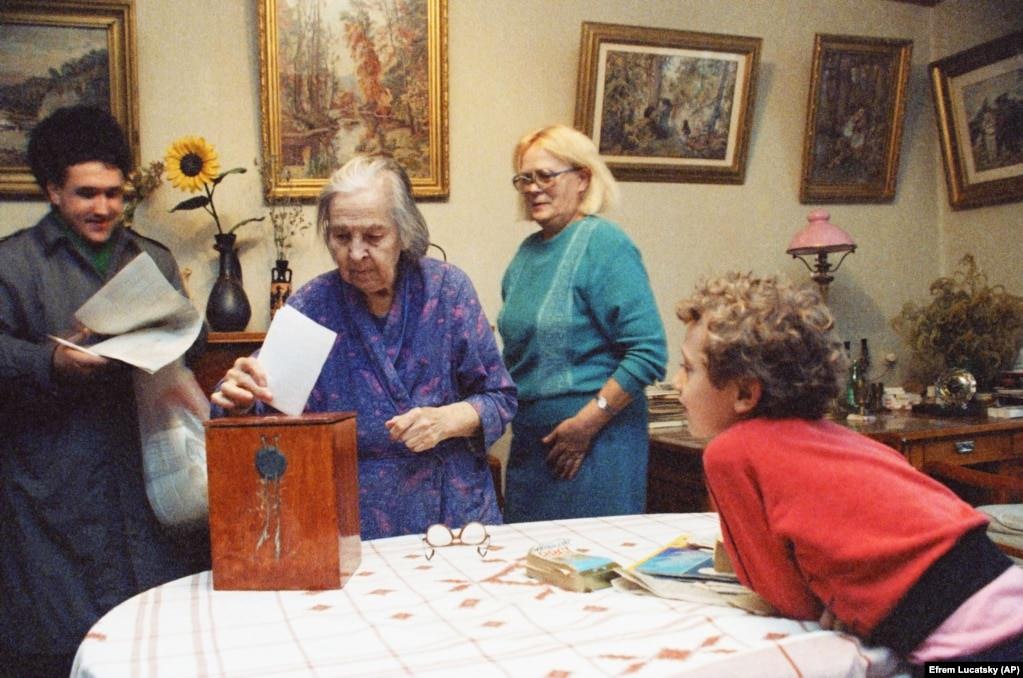
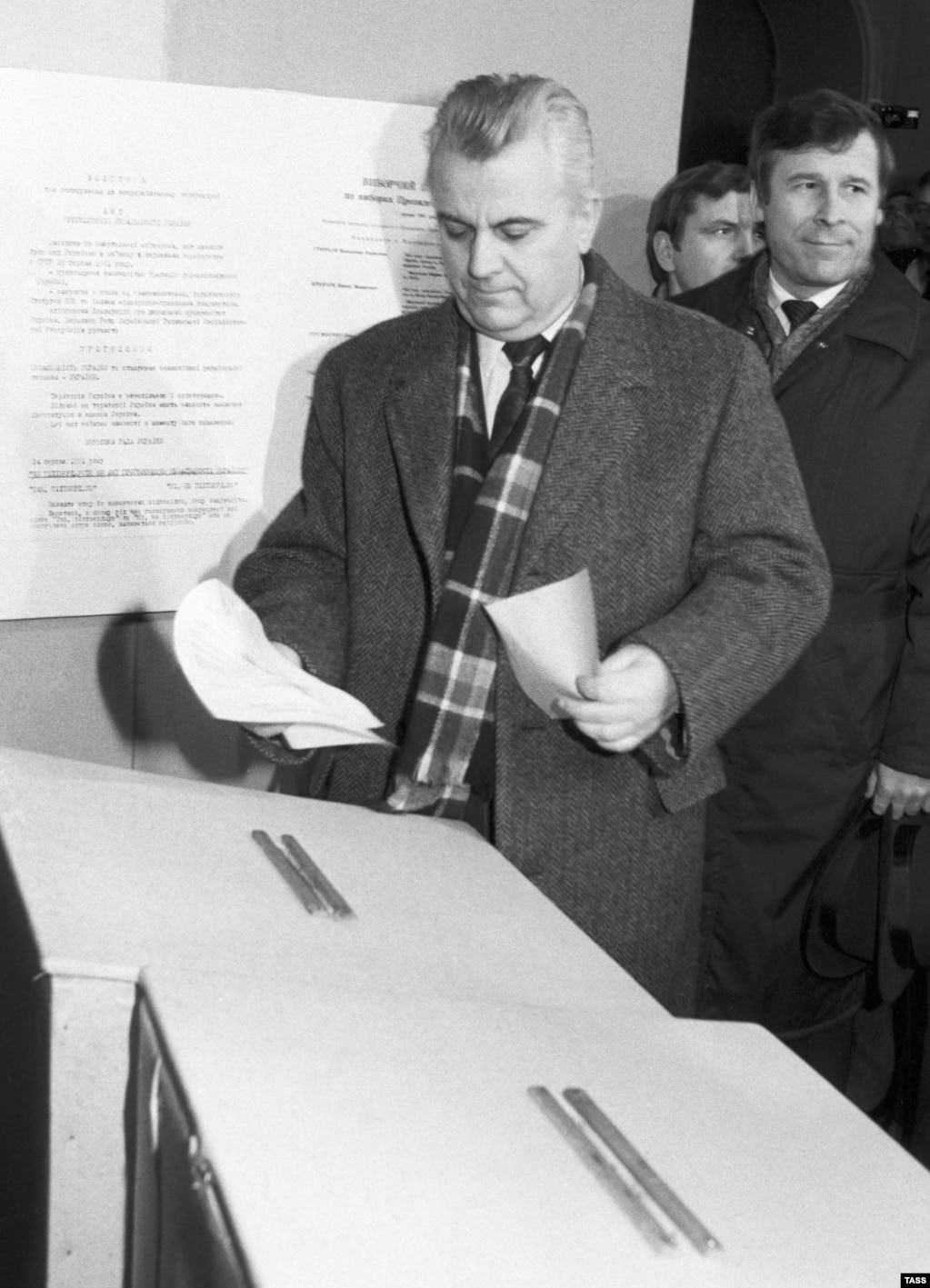
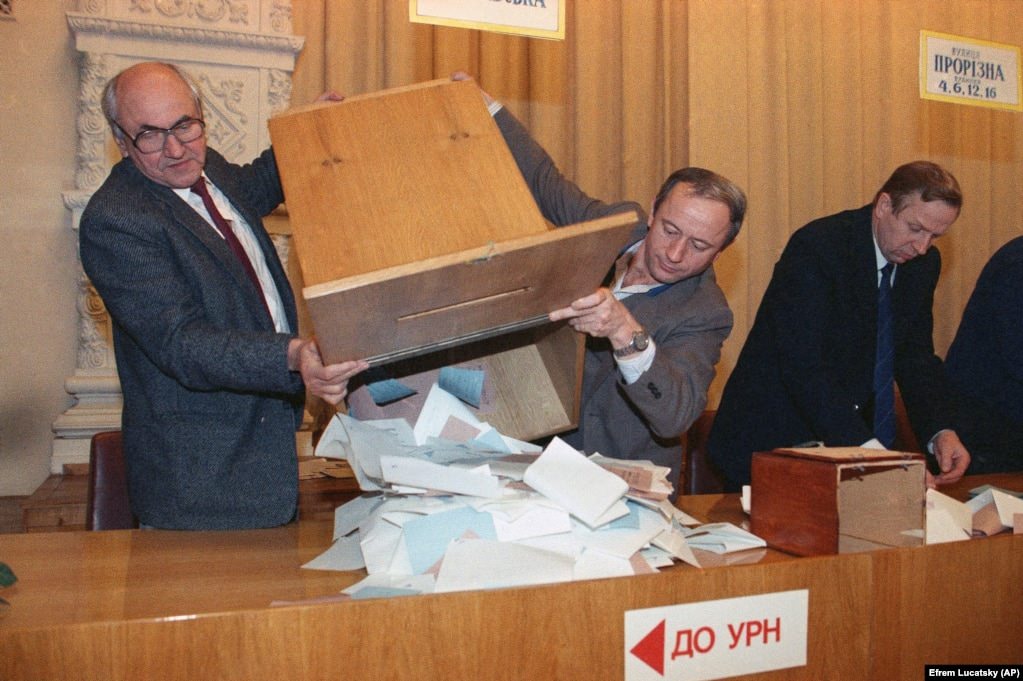
![On December 8, 1991, Ukrainian President Kravchuk (second from left), Belarusian Supreme Soviet Chairman Stanislav Shushkevich (third from left), and Russian President Boris Yeltsin (second from right) signed a declaration that "the Soviet Union as a geopolitical reality [and] a subject of international law has ceased to exist."](https://www.bygonely.com/wp-content/uploads/2023/09/Ukrainians_Celebrating_Independence_23.jpg)
